NEWS
New book The Buzzer available for pre-order.
Shipping November 2025.
Le Jour il fait Nuit
22 Feb – 5 Apr 2025
Kubik Gallery, Porto
Adriana João, Anne Lefebvre, Cristiana Ortiga, Diogo Simões, Fala Mariam, Leonardo Martins, Mariana Maia Rocha, Marta Mateus, Miguel Proença, Pedro Leitão, Rui Moreira. Curated by André Cepeda with text by Eugénia Vilela.
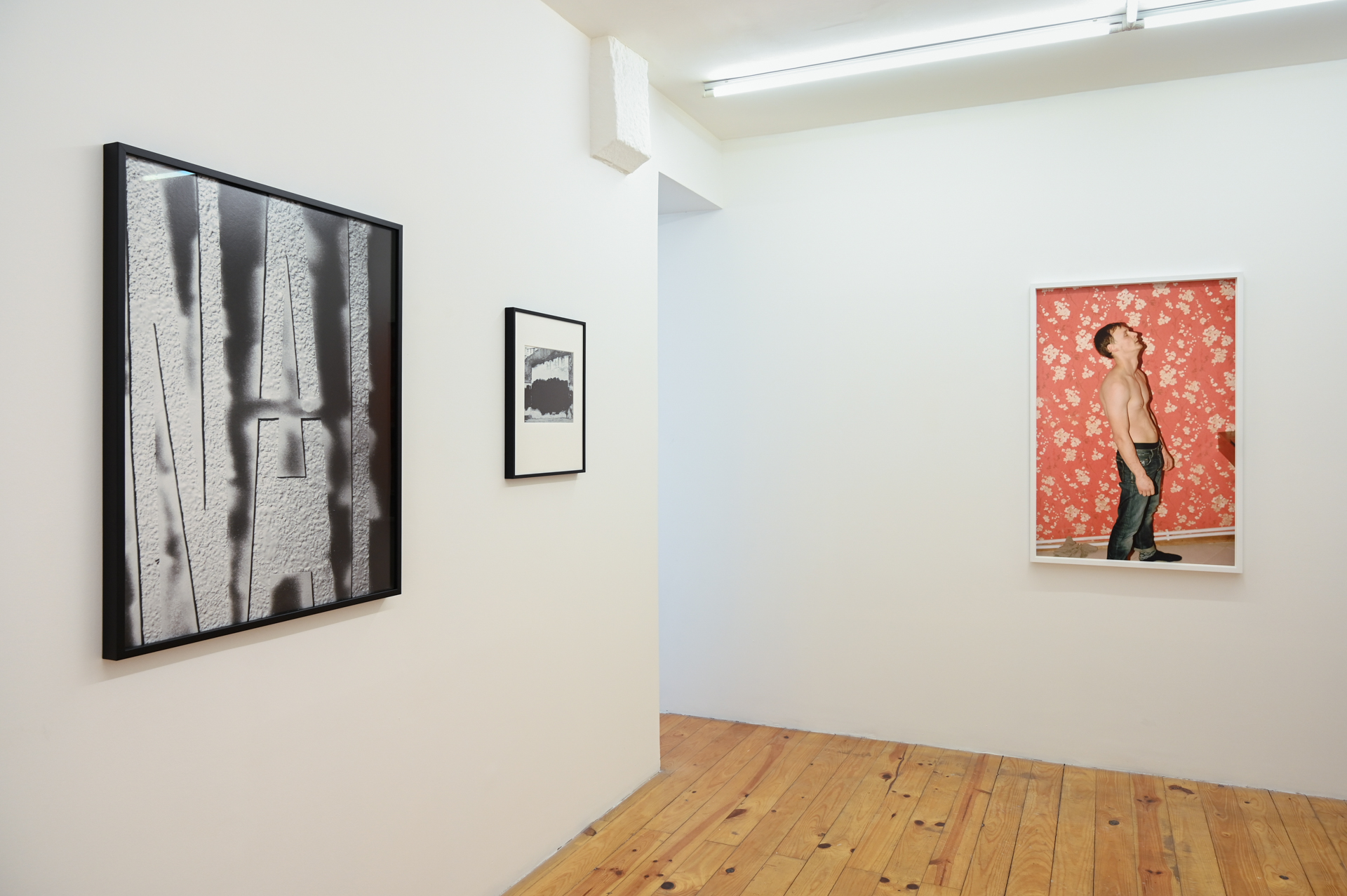
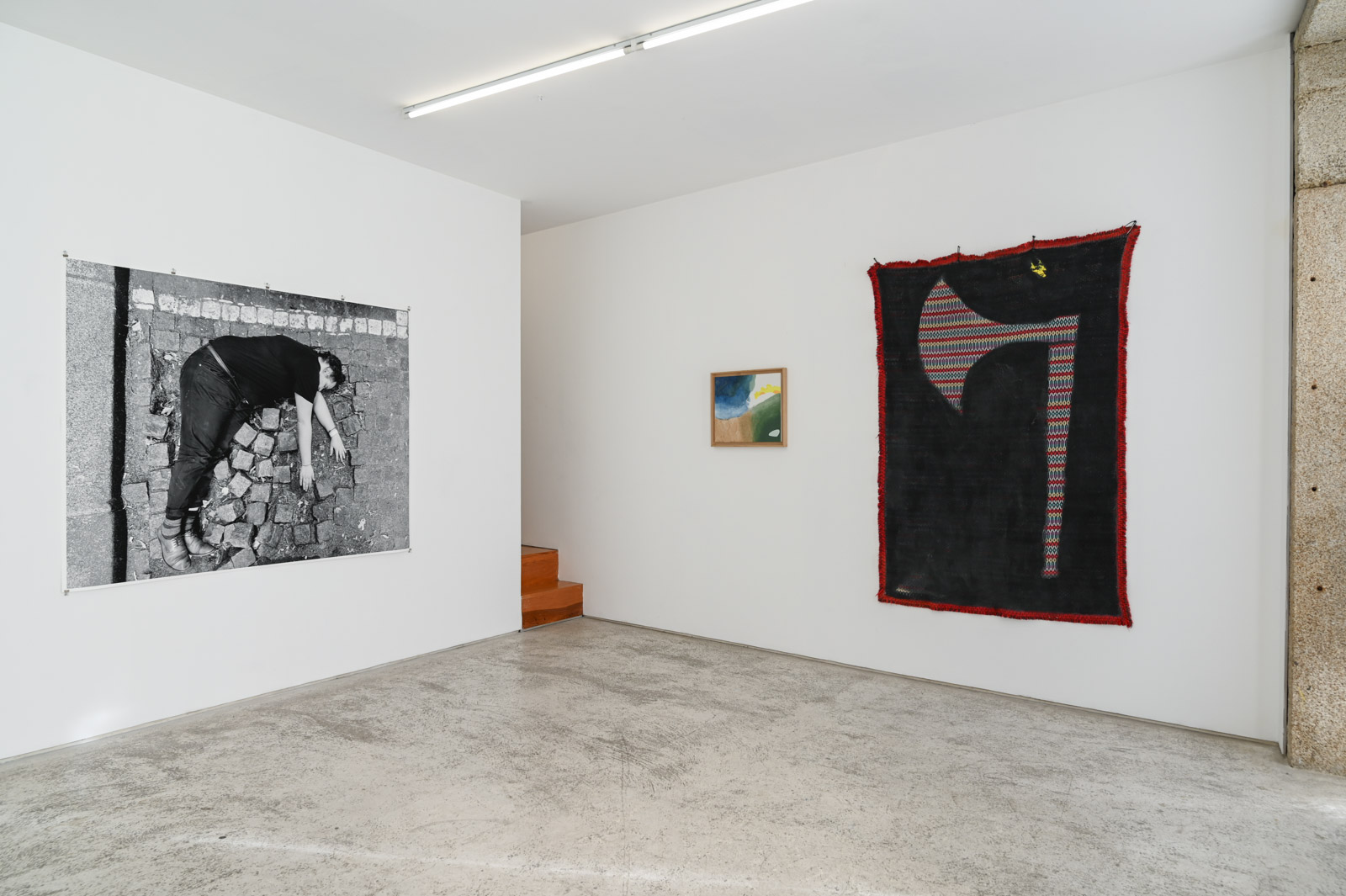
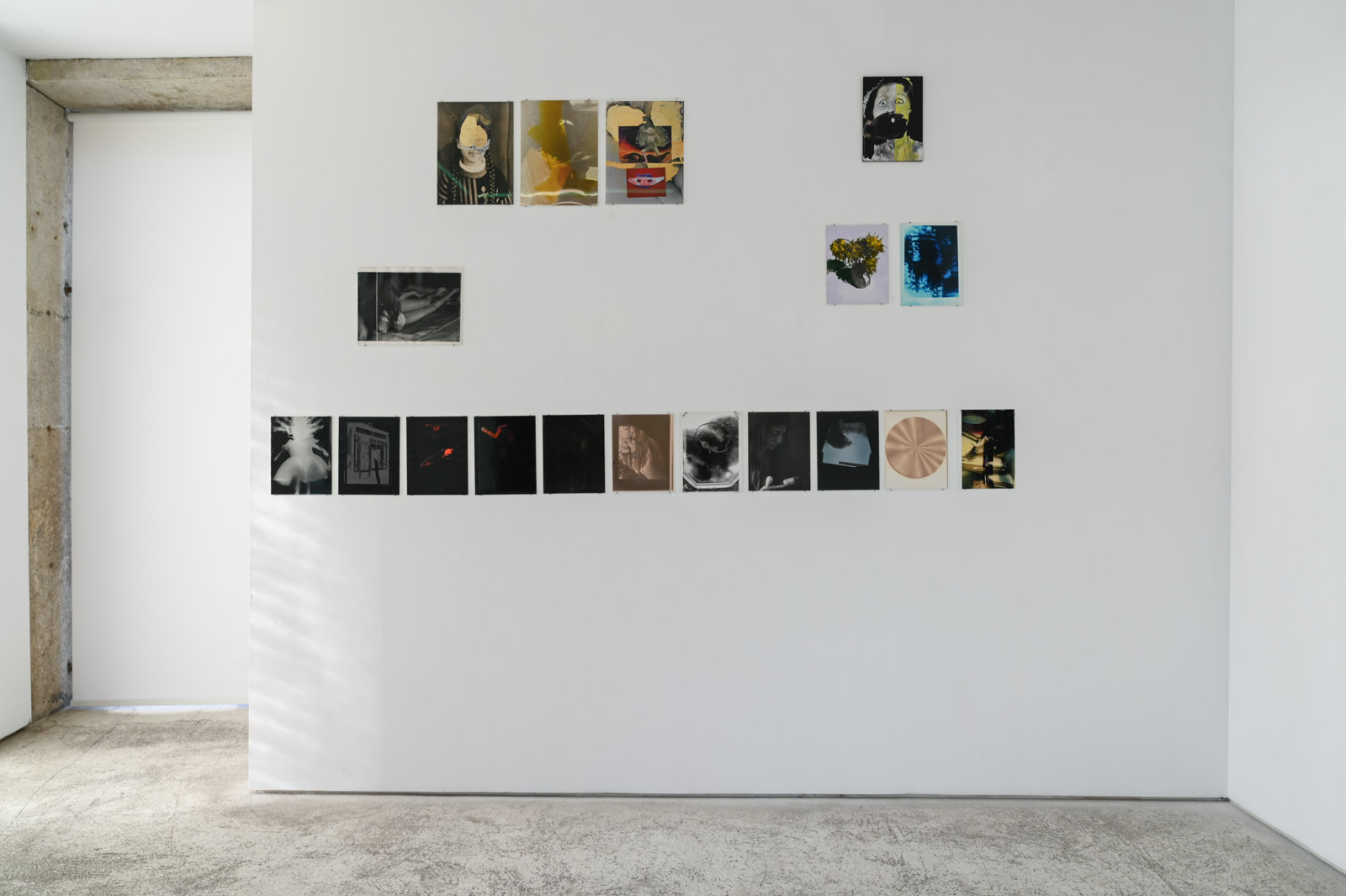
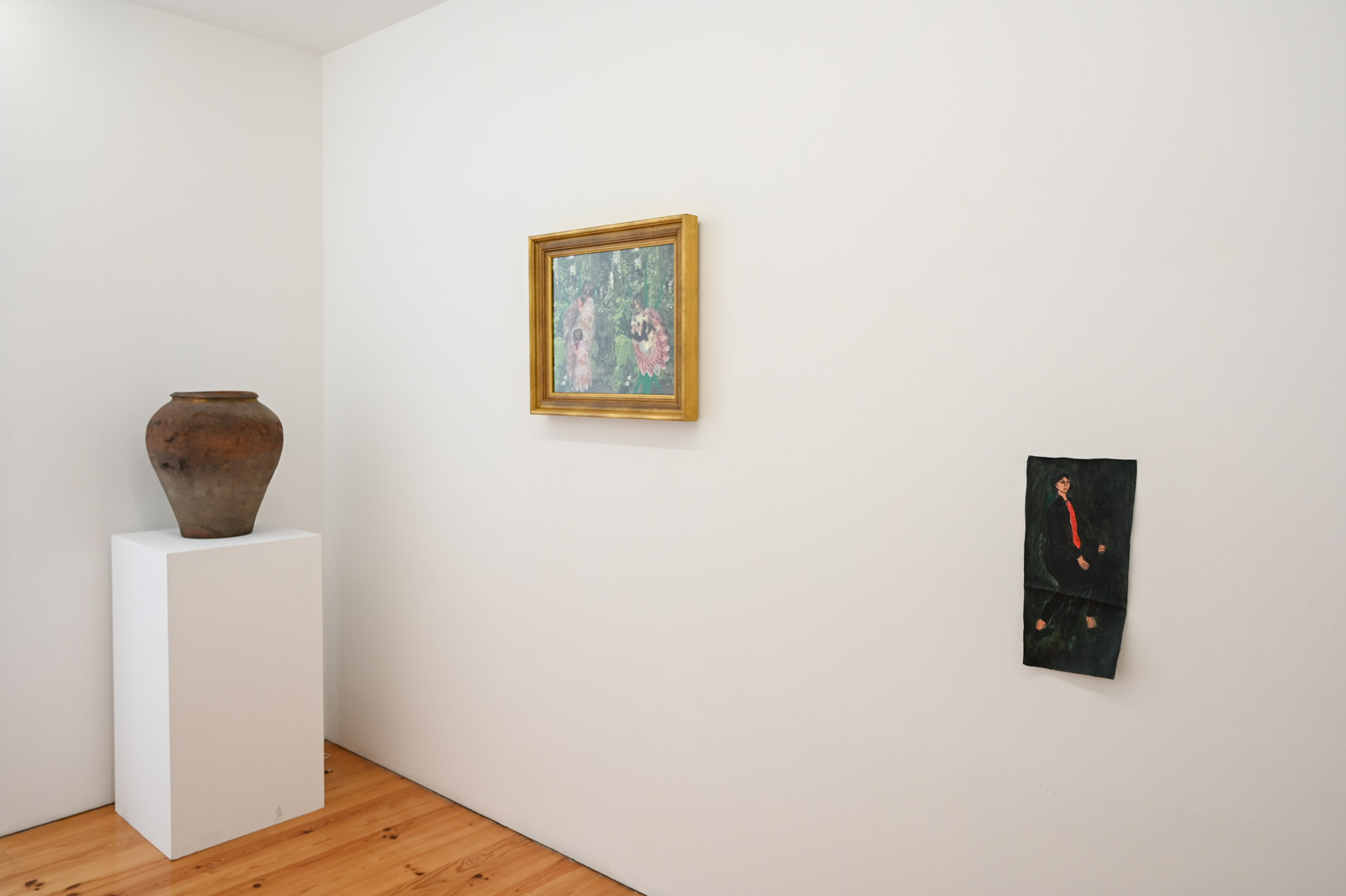
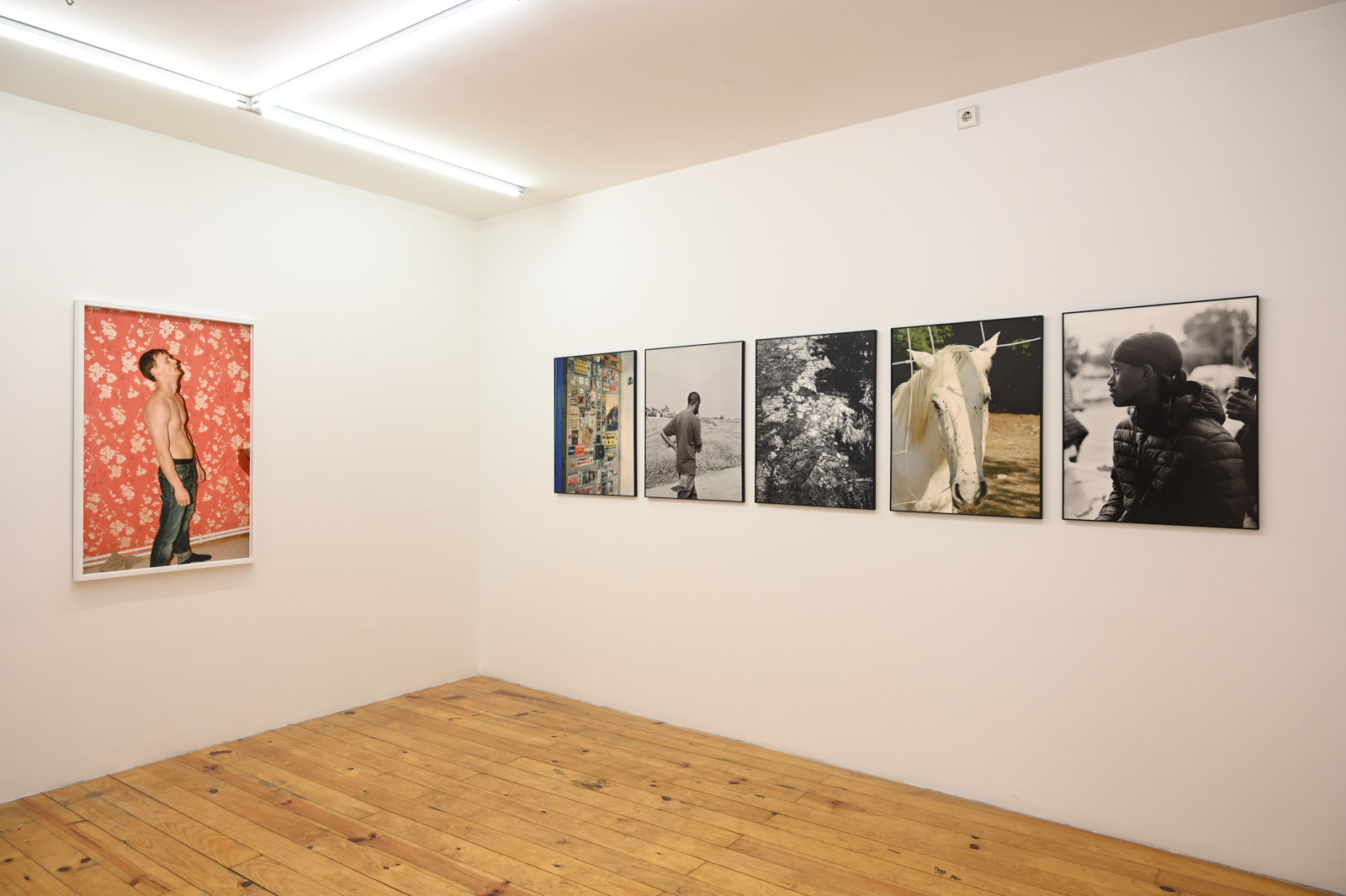
© Kubik Gallery
© Kubik Gallery
© Kubik Gallery
© Kubik Gallery
© Kubik Gallery
EDO Fragilidade e Transitoriedade
21 Oct 2021 – 26 May 2022, 21:00
Instituto Português de Fotografia, Porto
Conversations on photography and community
supported by Criatório (Porto), Ricoh, and Sandeman
Read more
21 Oct – Decolonise/Re-Activate: Archives and Representation
with Awa Konaté and Ben Krewinkel, in conversation with Desirée Desmarattes
18 Nov – Photography and Social Activism
with Anthony Luvera
24 Feb – Female Body and Social Construction
with Haley Morris-Cafiero
24 Mar – Photography and the Community
with Jim Goldberg and Alessandra Sanguinetti
28 Apr – Photobook à La Portugaise
with Ana Catarina Pinho (Archivo), Susana Lourenço Marques (Pierrot Le Fou) and Tiago Casanova (XYZ Books) in conversation with Pablo Berástegui (Salut au Monde)
26 May – Commissioning Photography
with Josh Lustig (Financial Times)
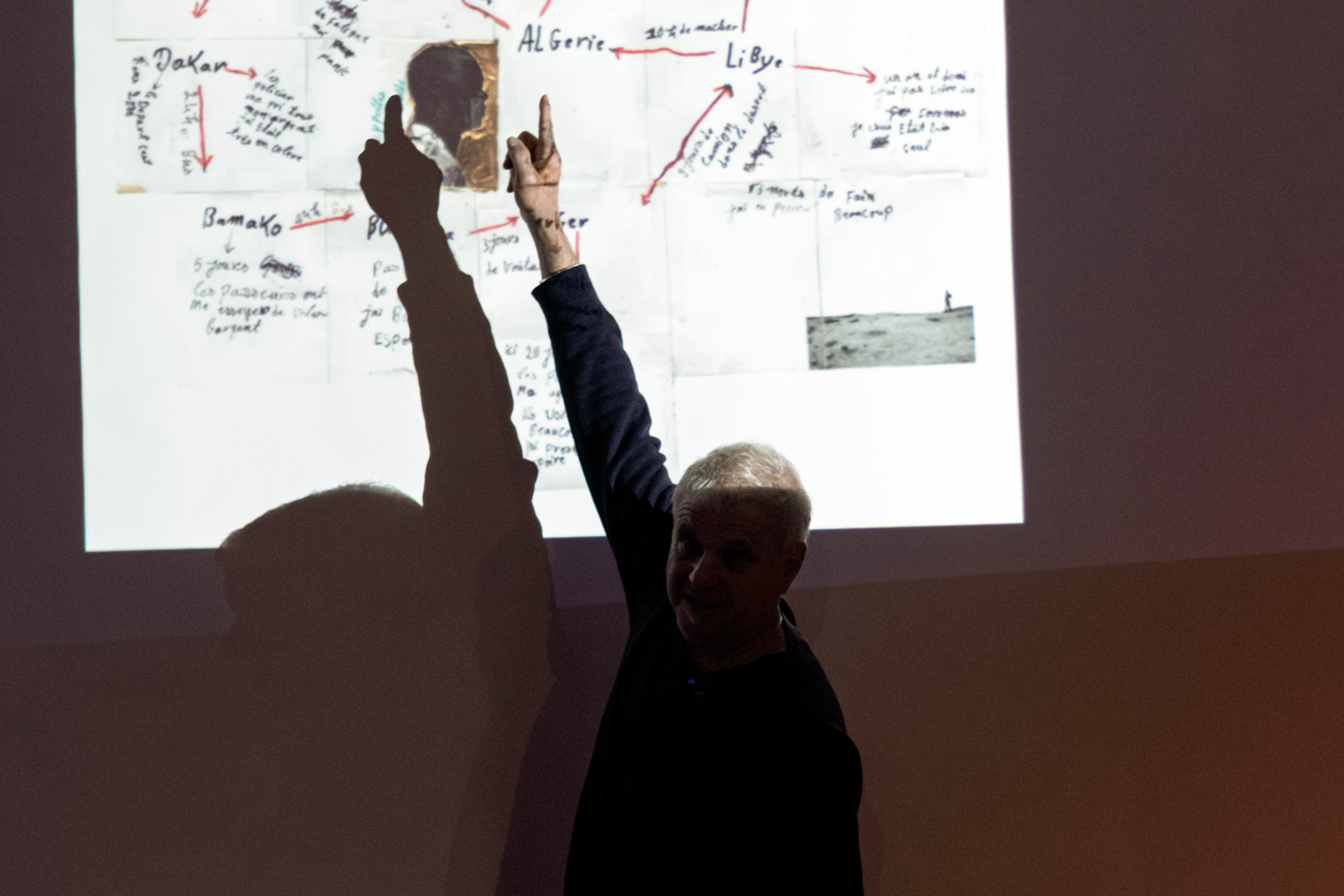

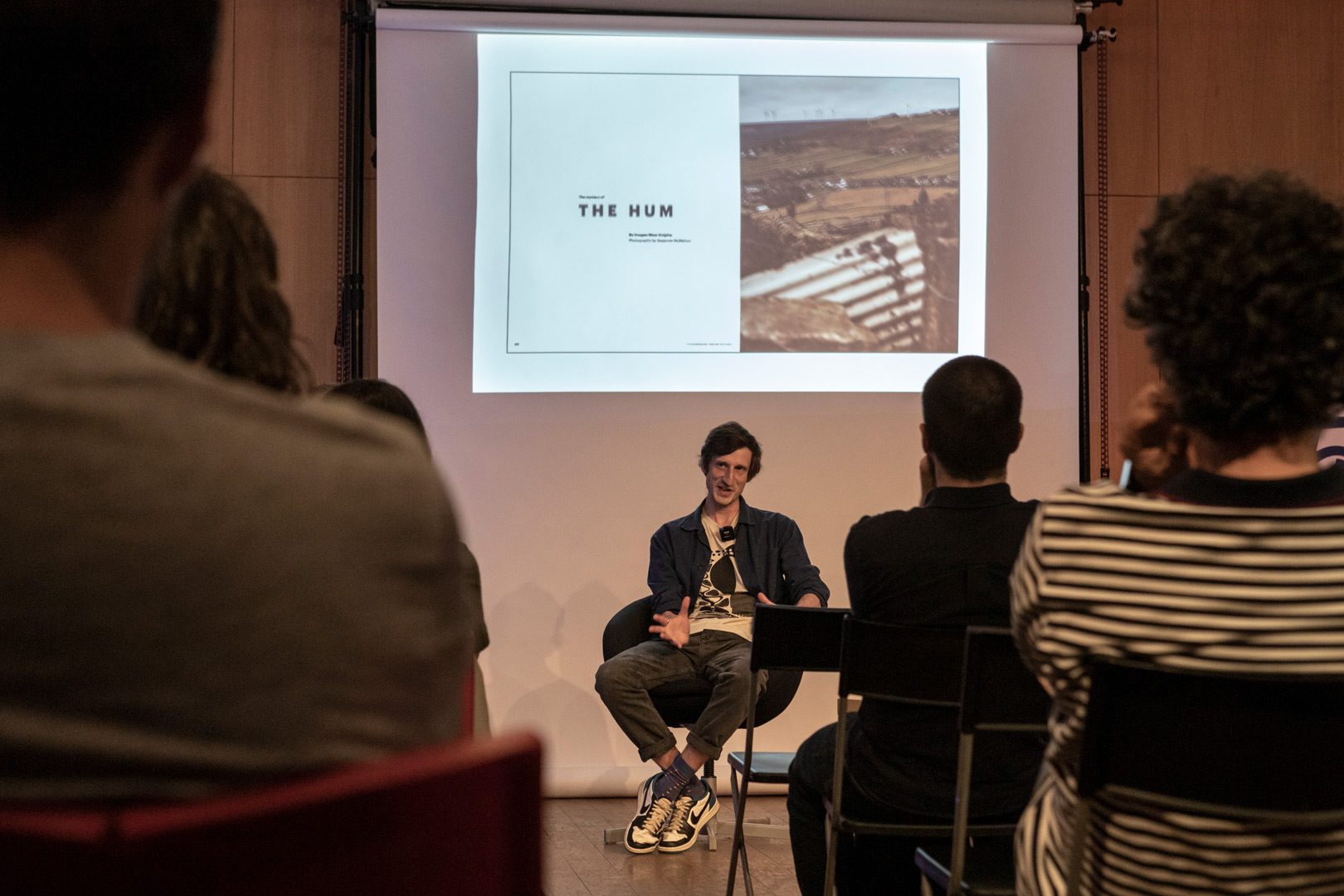

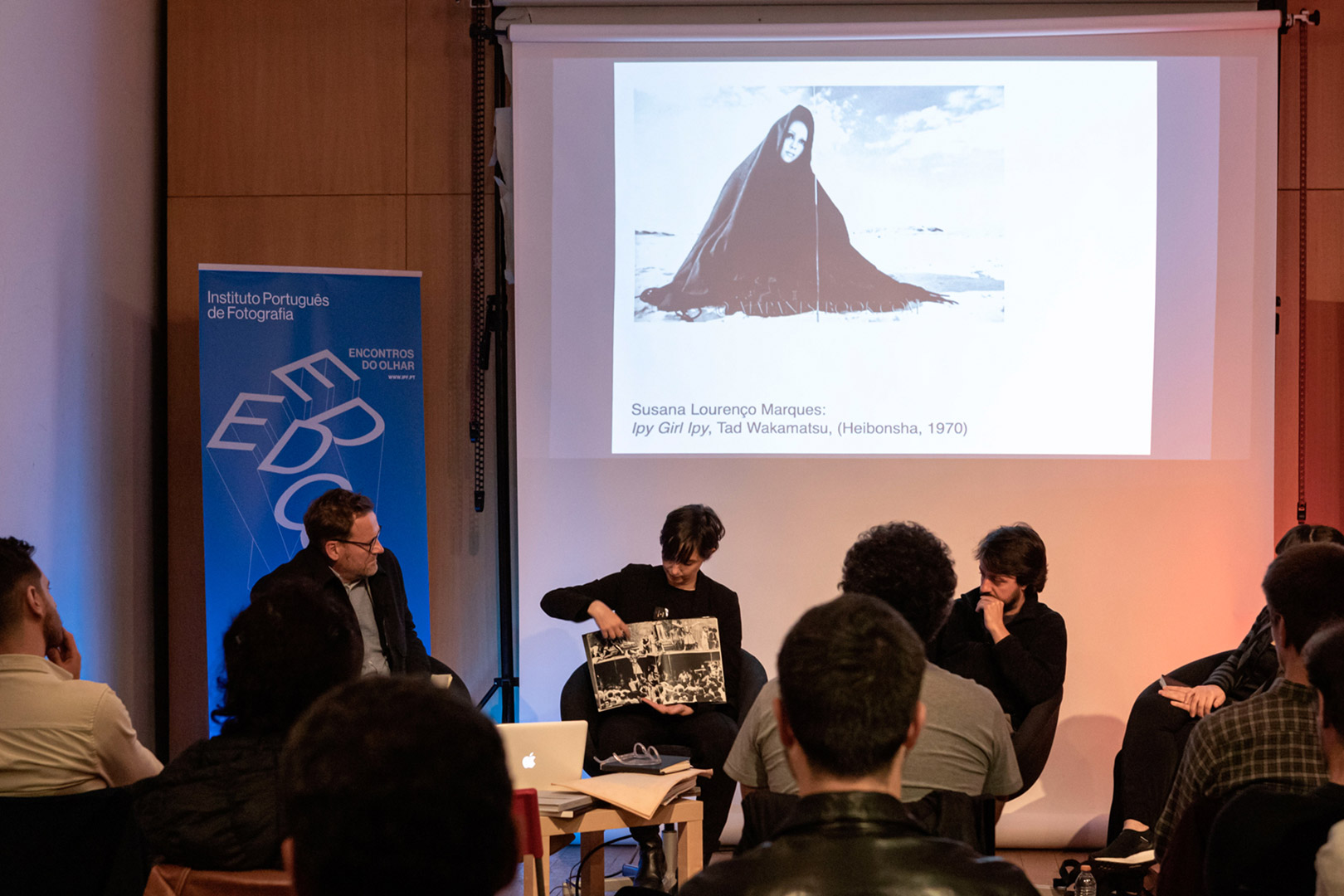
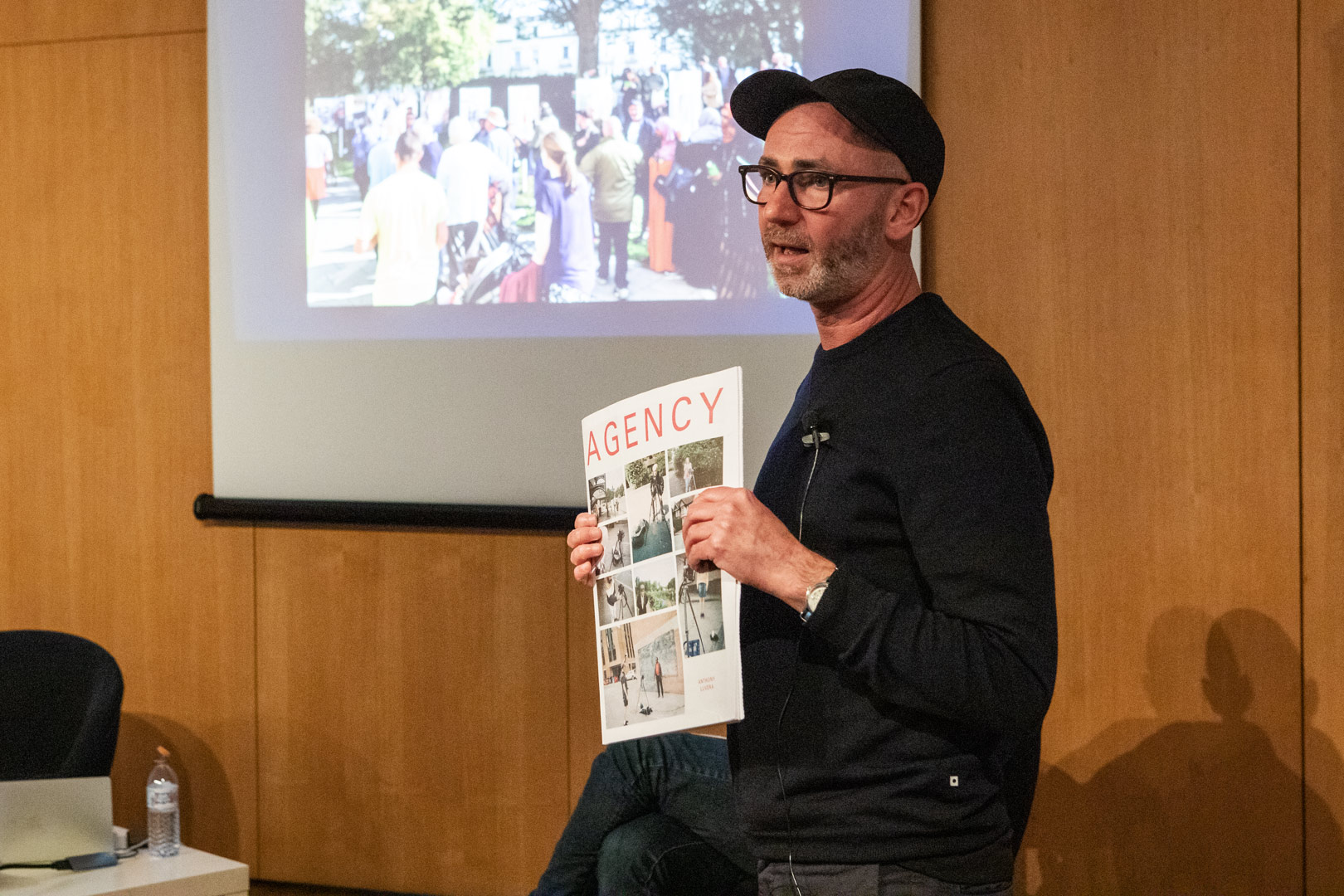
© Teresa Nunes, IPF
© Teresa Nunes, IPF
© Teresa Nunes, IPF
© Teresa Nunes, IPF
© Teresa Nunes, IPF
© Teresa Nunes, IPF
WÜL Magazine, April 2021
Portfolio and words by Nastasia Khmelnitski
Youthies Magazine, May 2020
Behind the Hill published in The Folkloric Issue
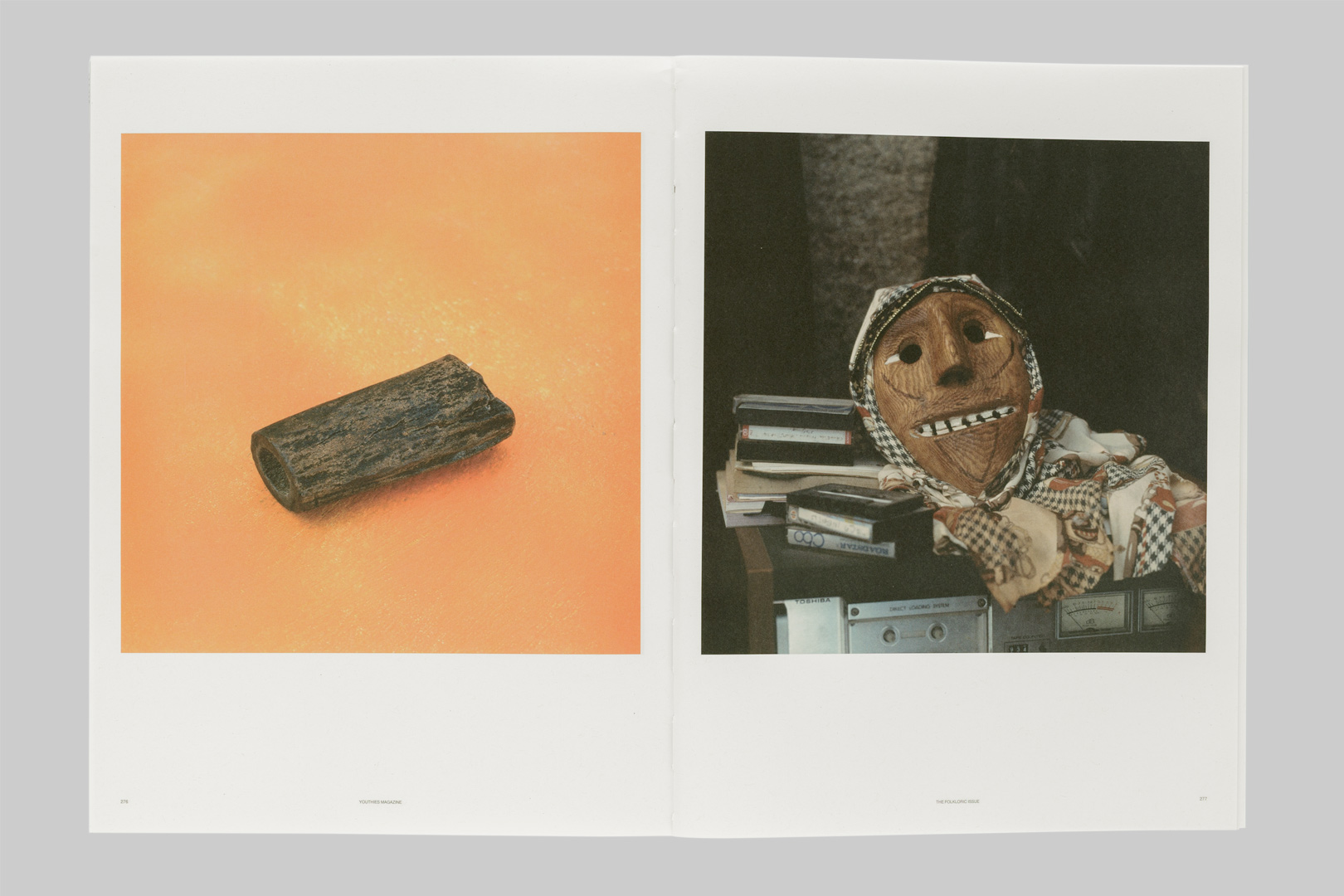
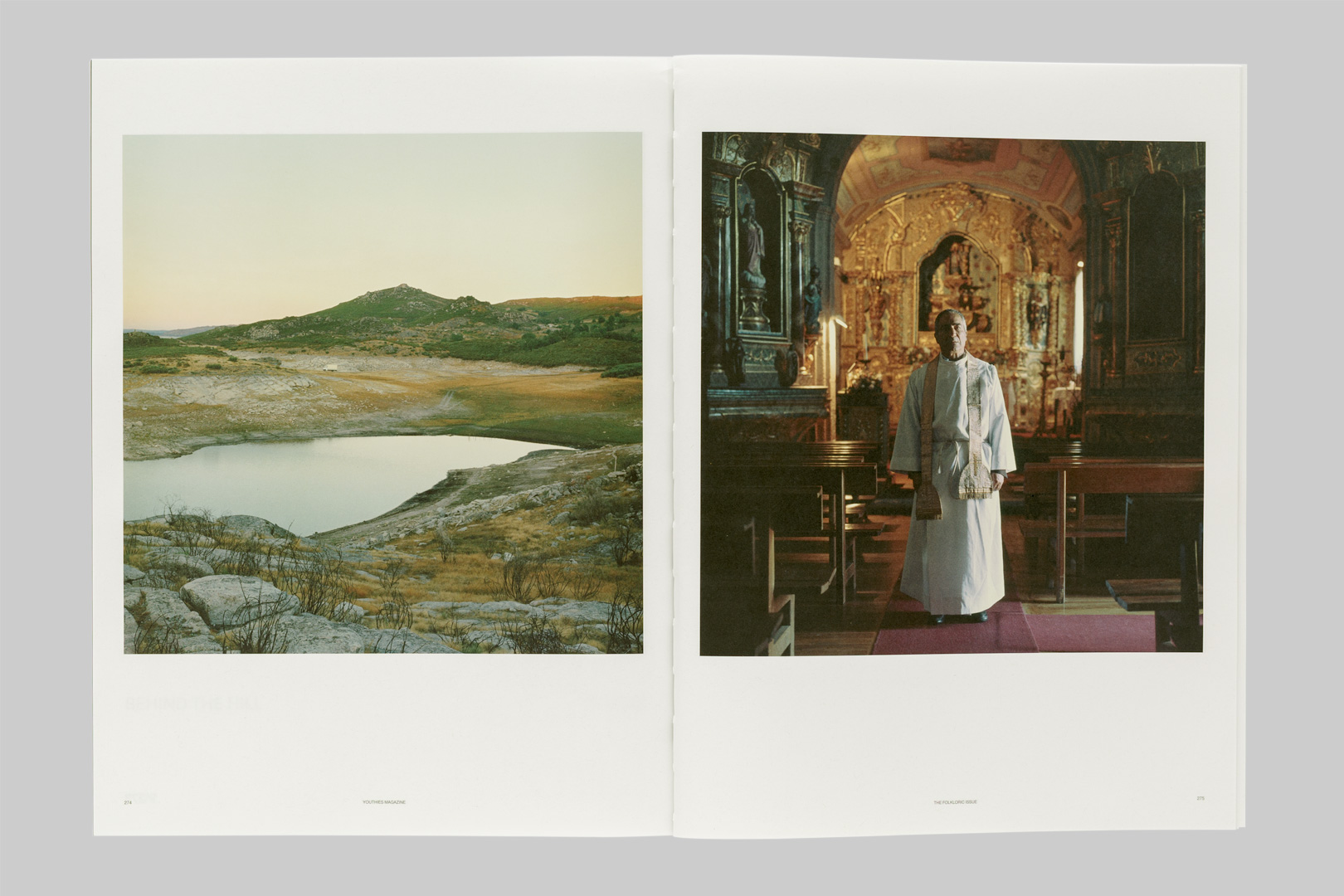
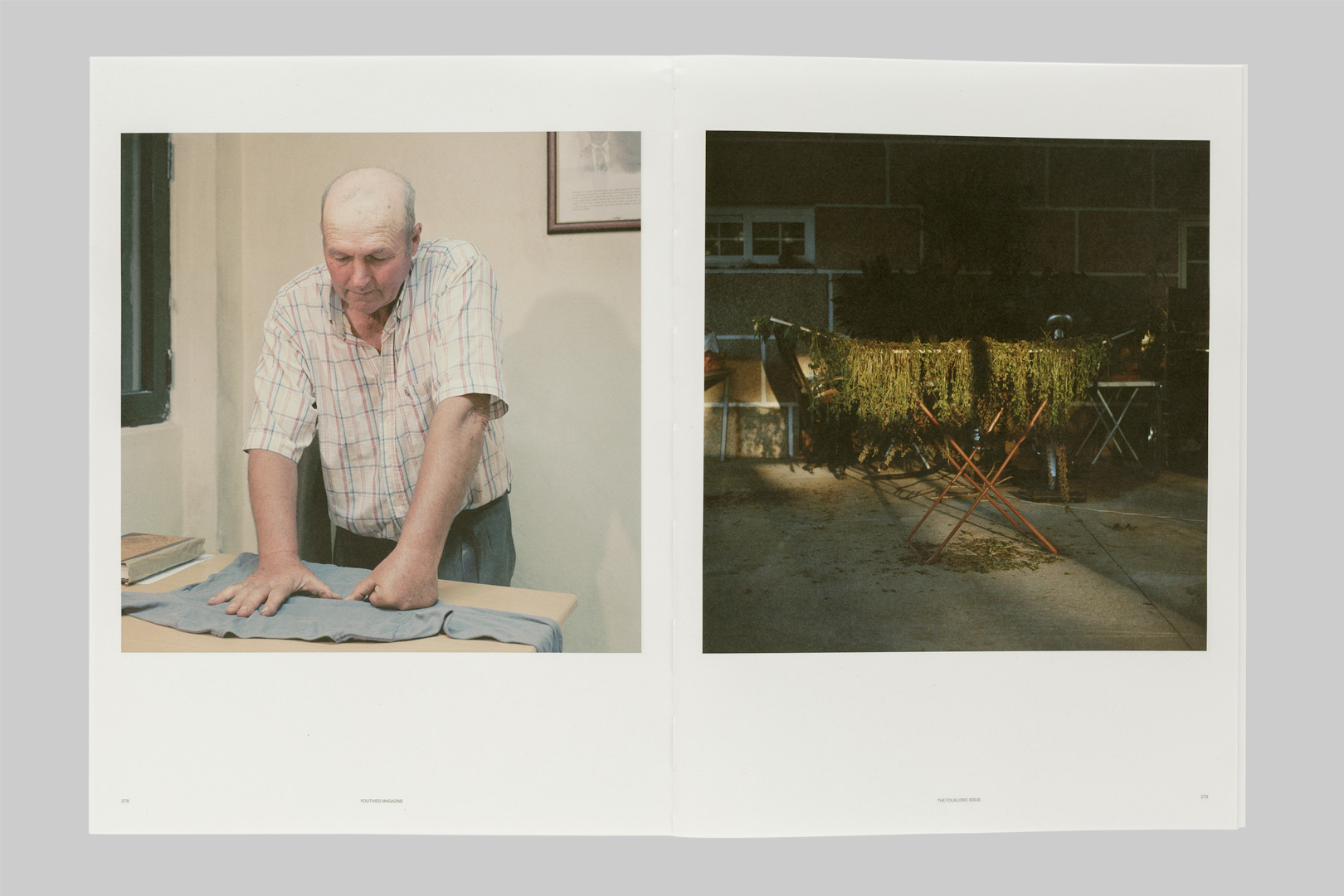
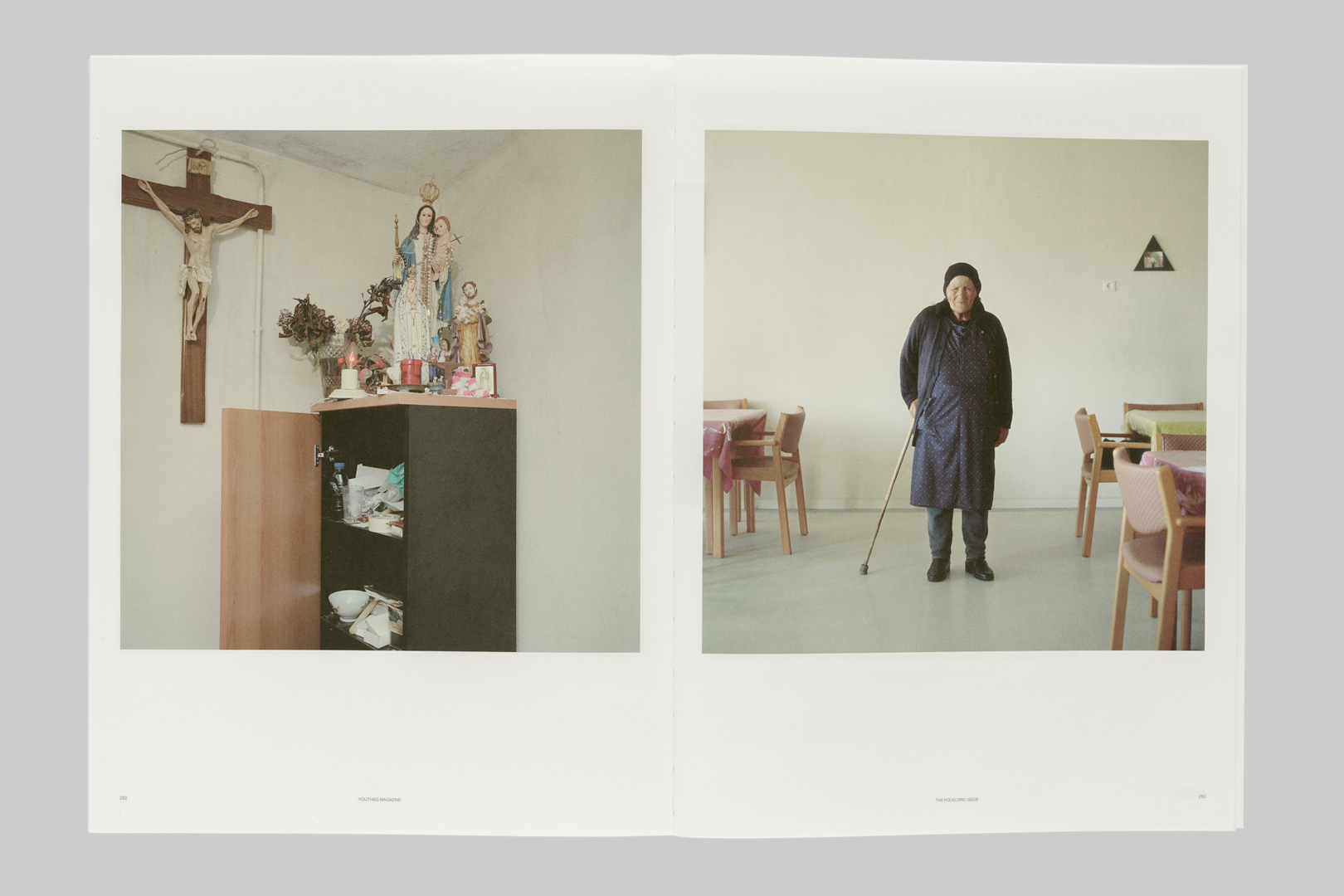
Prix HSBC pour la Photographie 2020
Nominated to the 25th edition of Prix HSBC pour la Photographie by Fannie Escoulen.
MAPS Magazine, January 2020
Behind the Hill in MAPS Magazine, issue 140
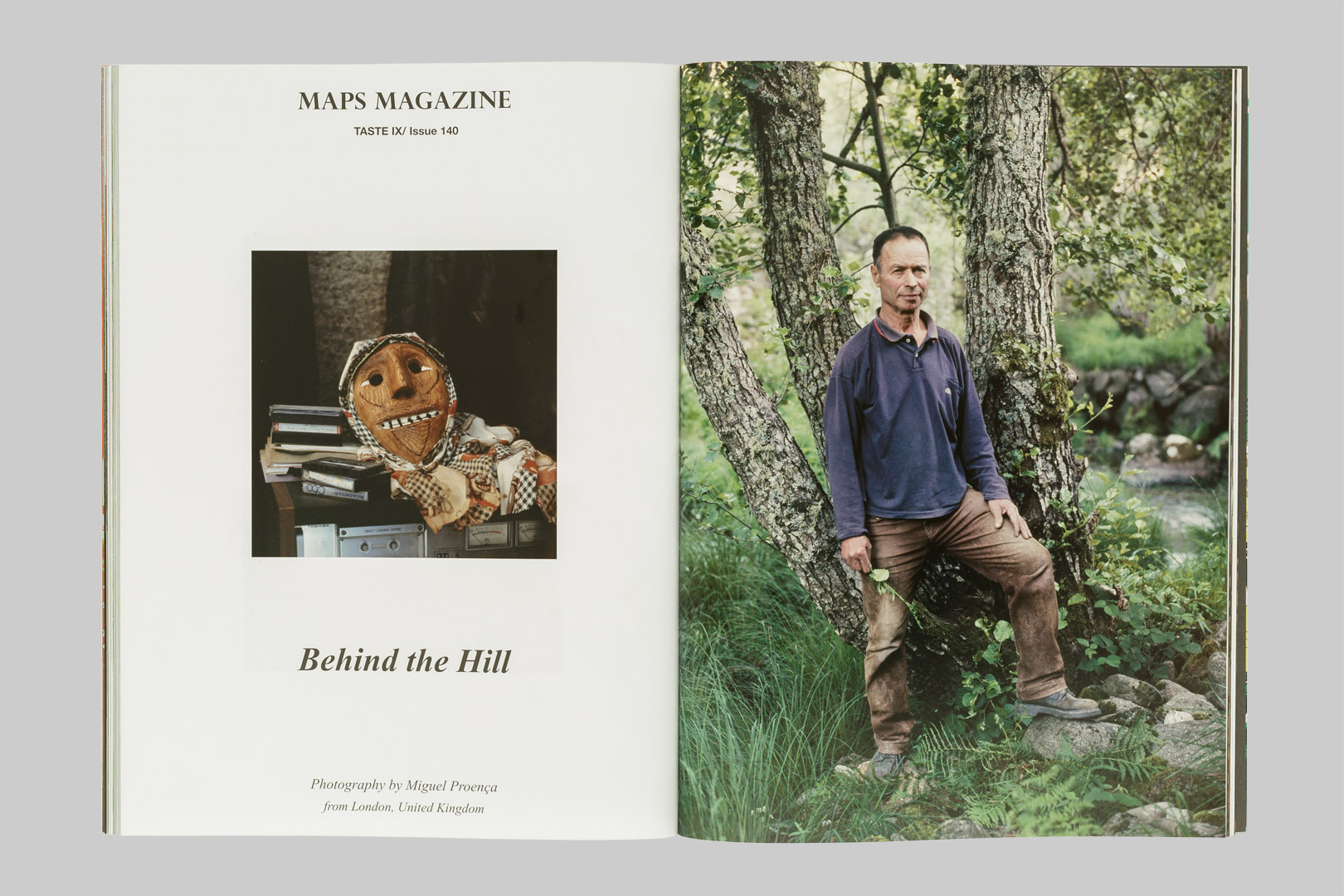
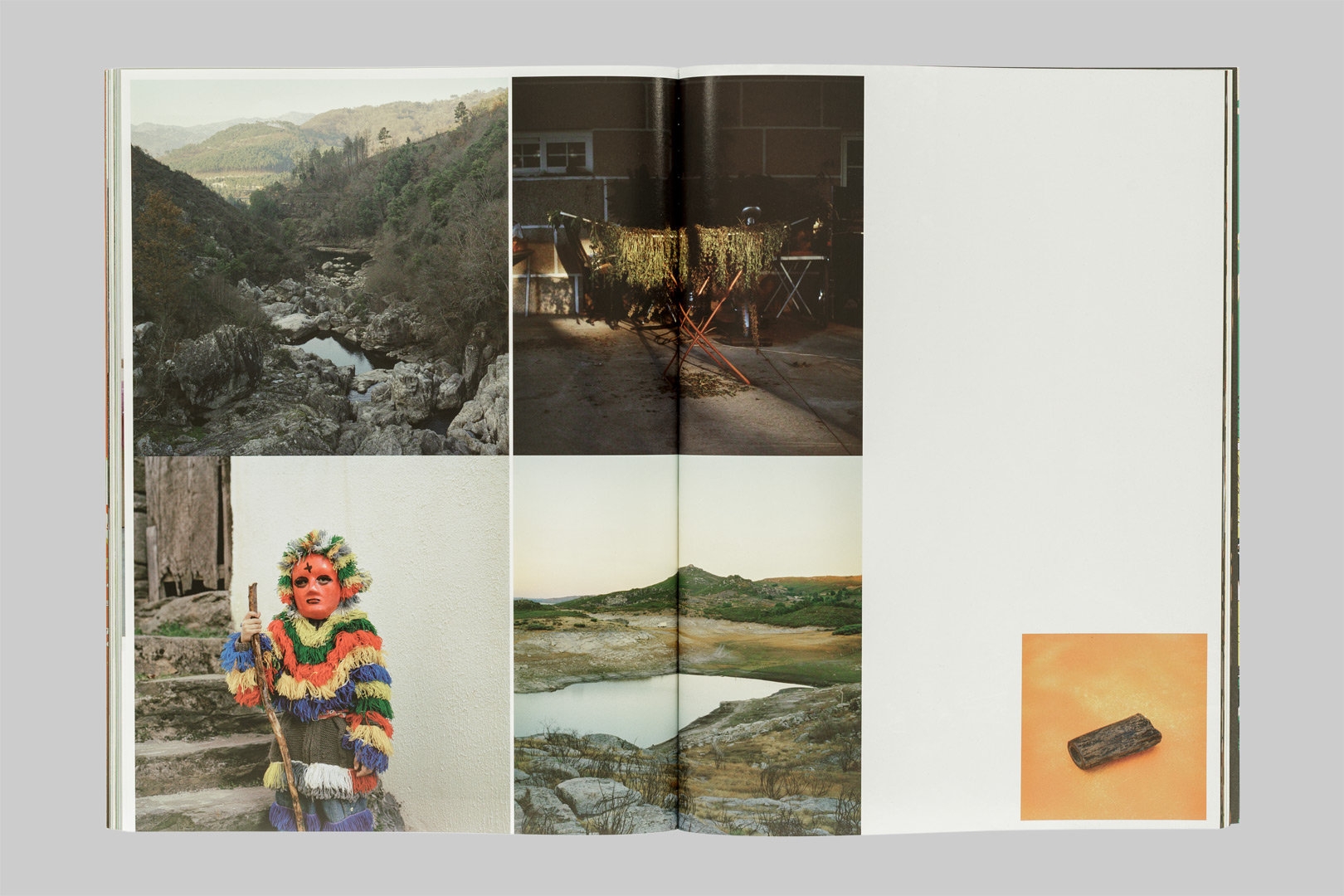
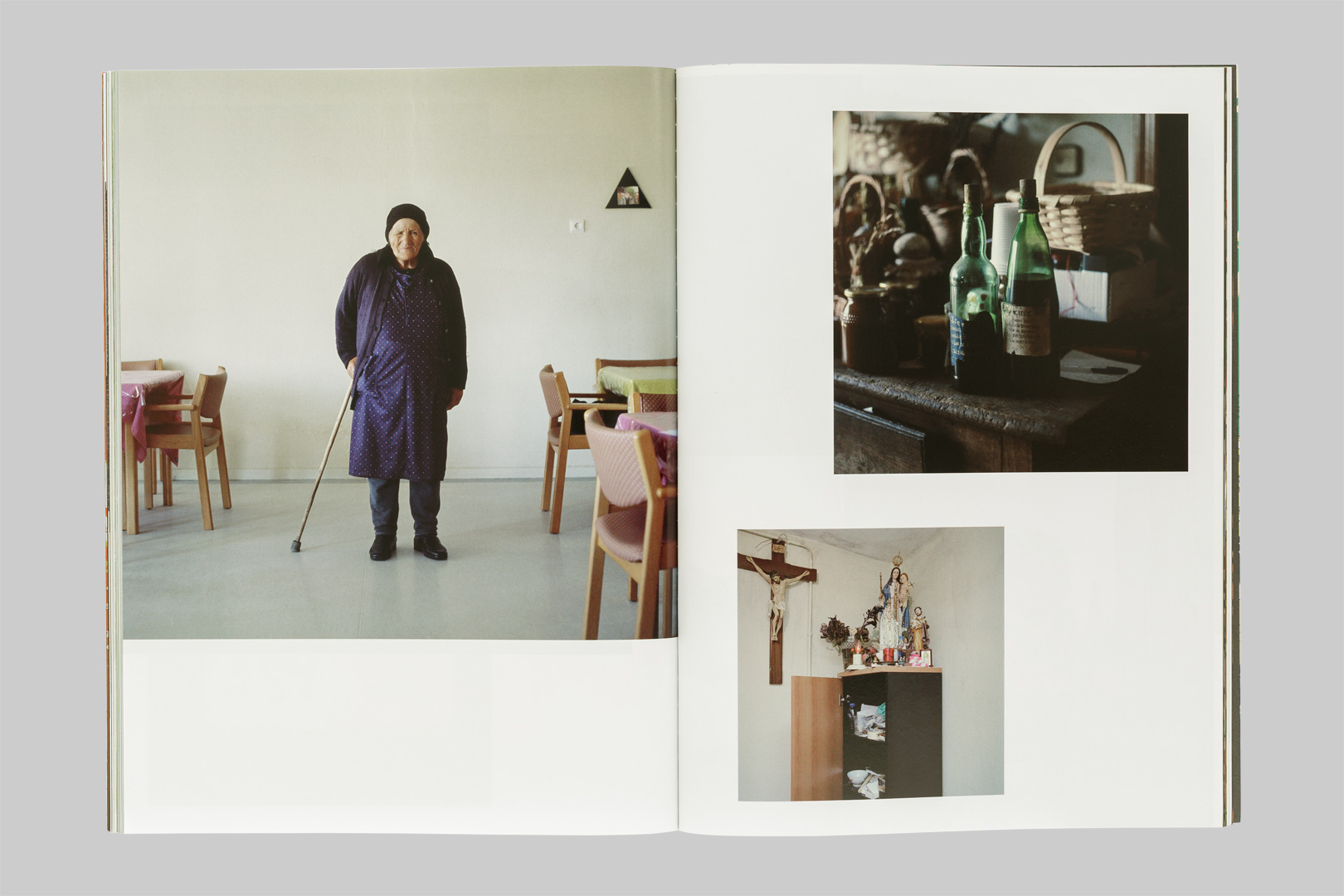
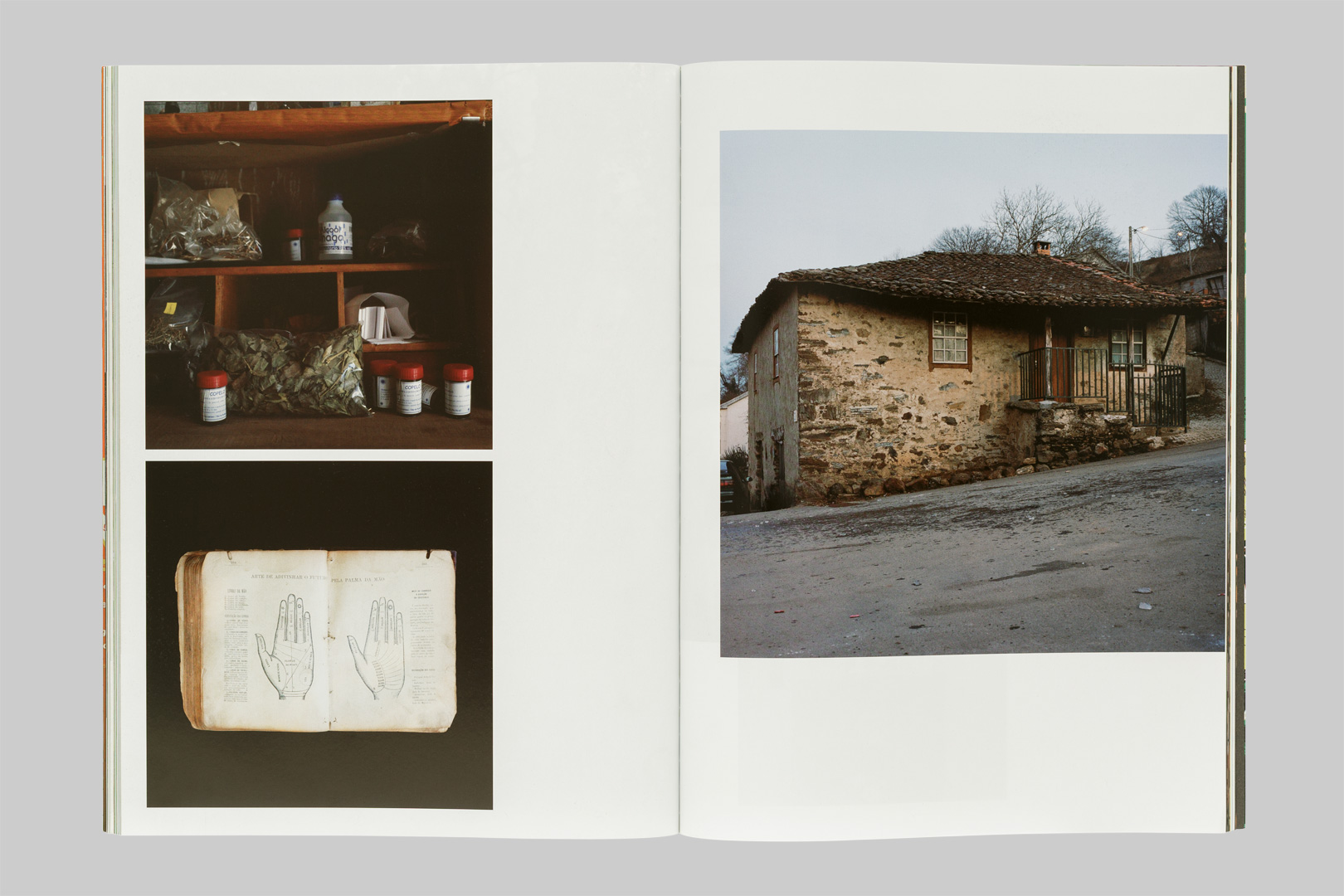
Público P3, November 2019
Portfolio and words by Ana Maria Henriques
A Glitch in the System
14 – 17 Nov 2019
BASE, Via Bergognone 34, Milan
Curated by Alessia Glaviano and Francesca Marani
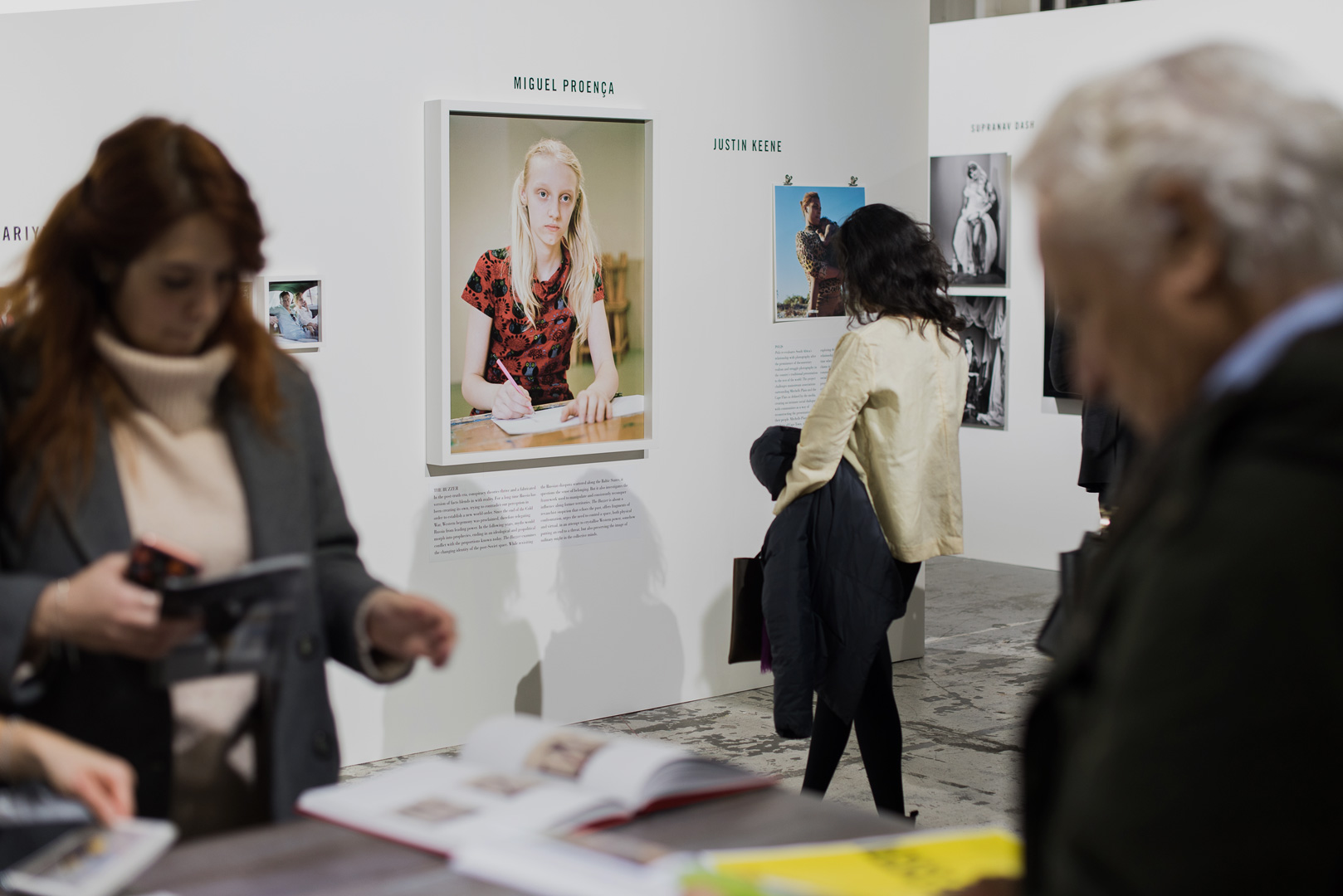
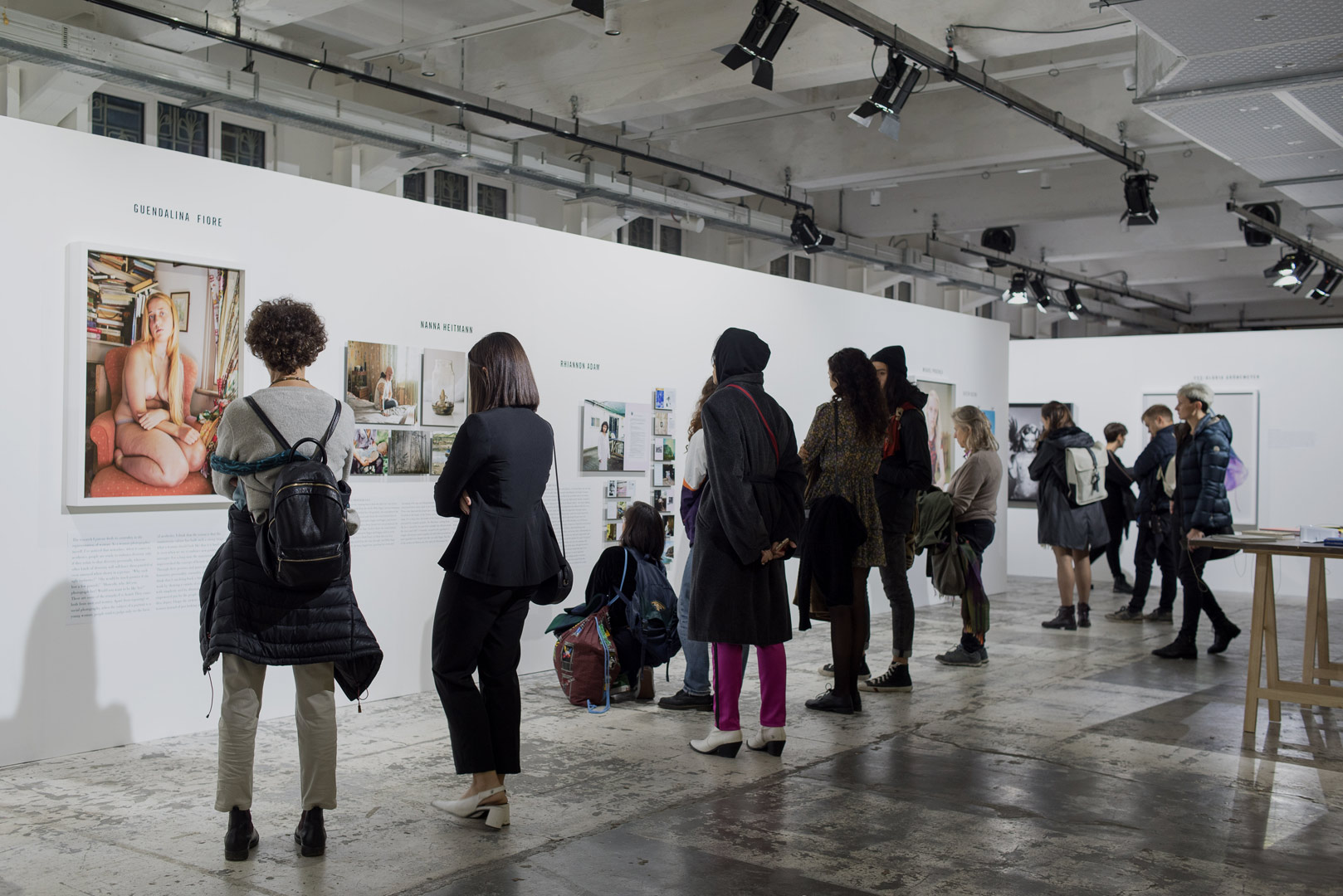
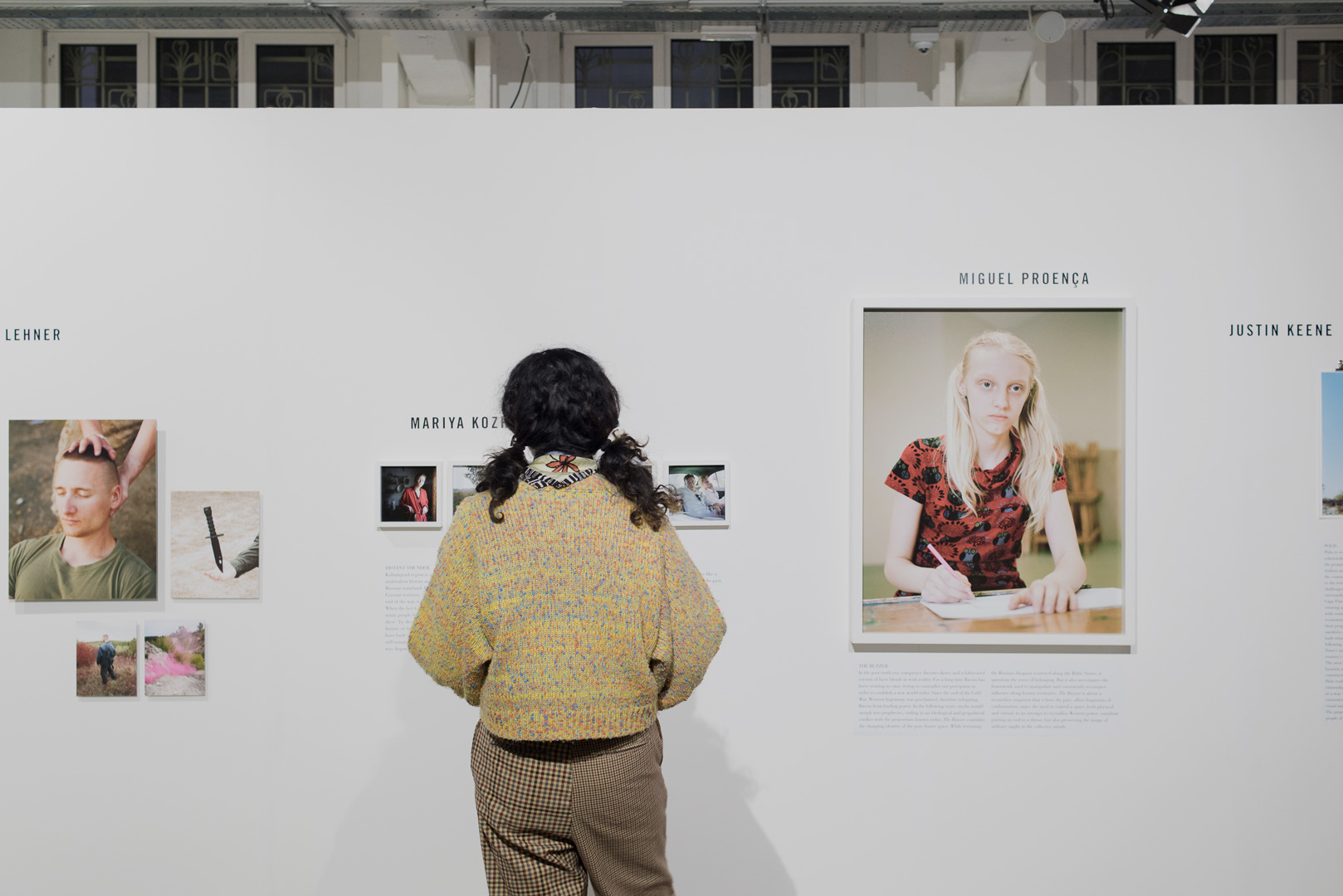
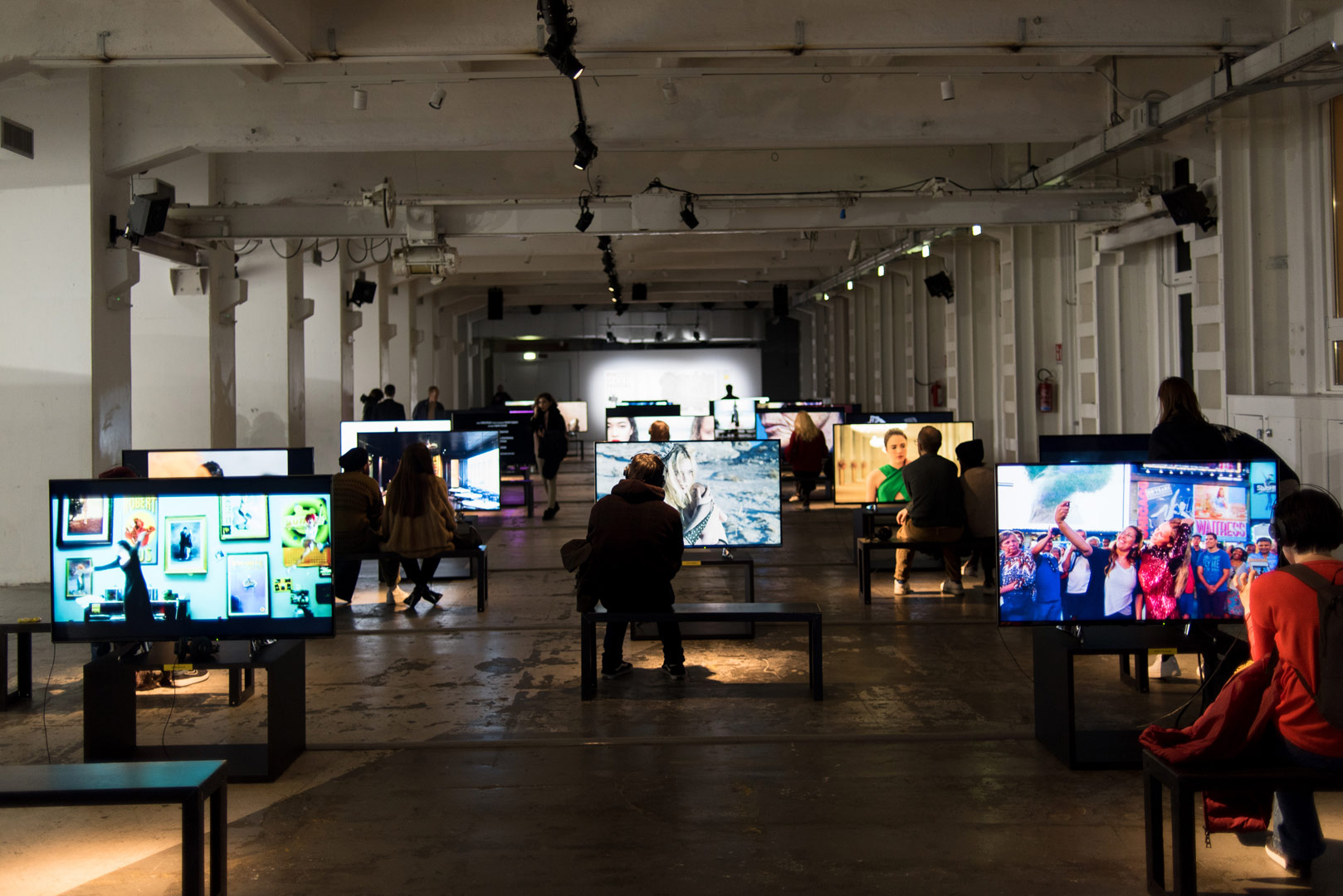

© Stefania Zanetti
© Stefania Zanetti
© Stefania Zanetti
© Stefania Zanetti
© Stefania Zanetti
Fiebre Photobook Dummy Award 2019
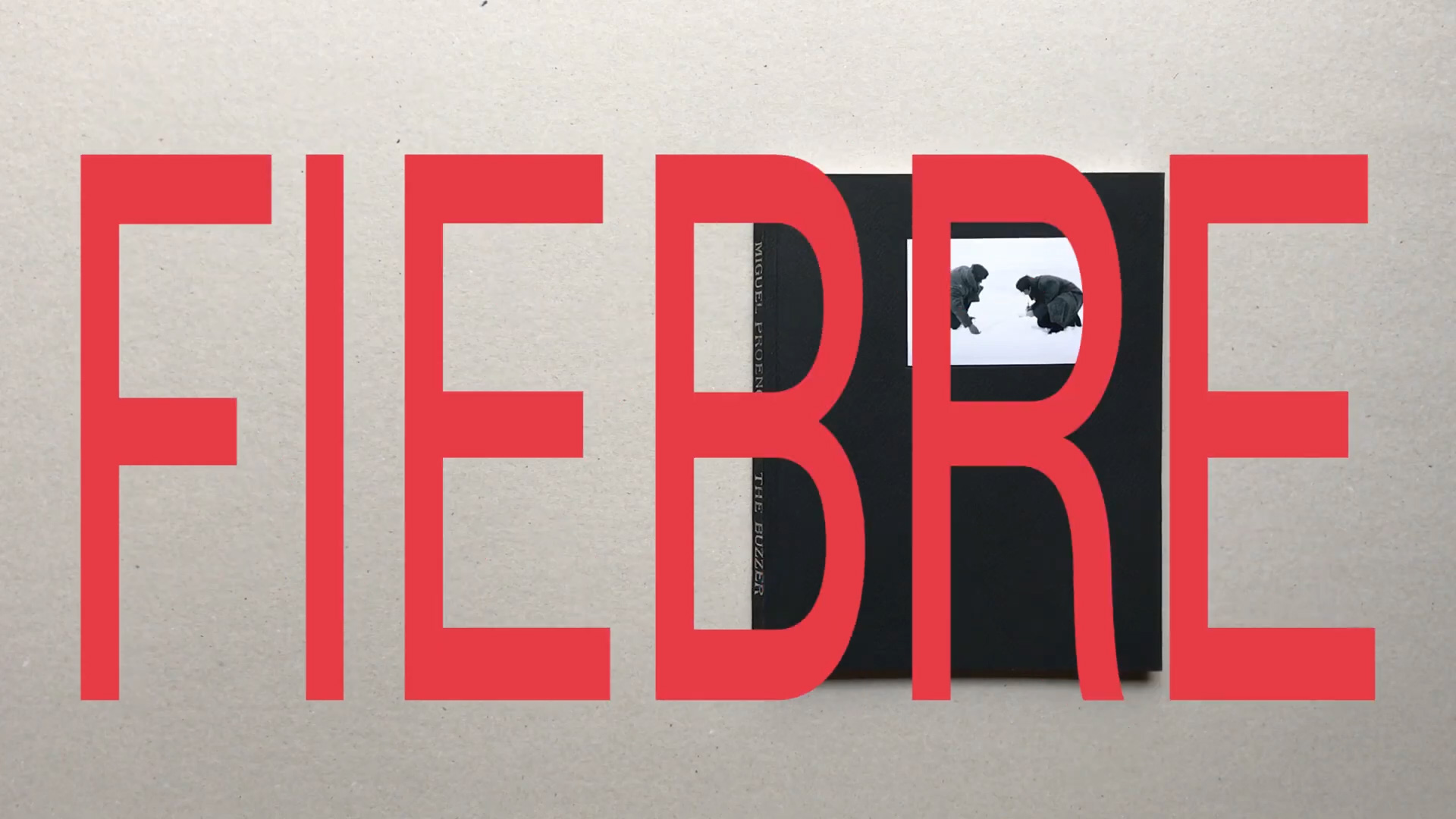
Unseen Dummy Award 2019
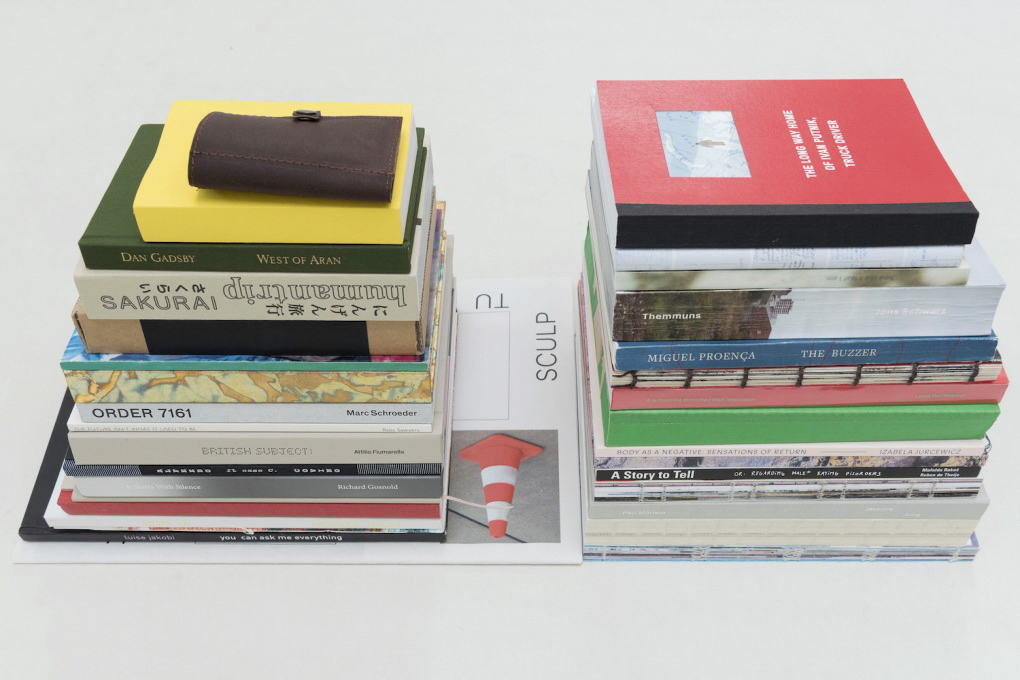
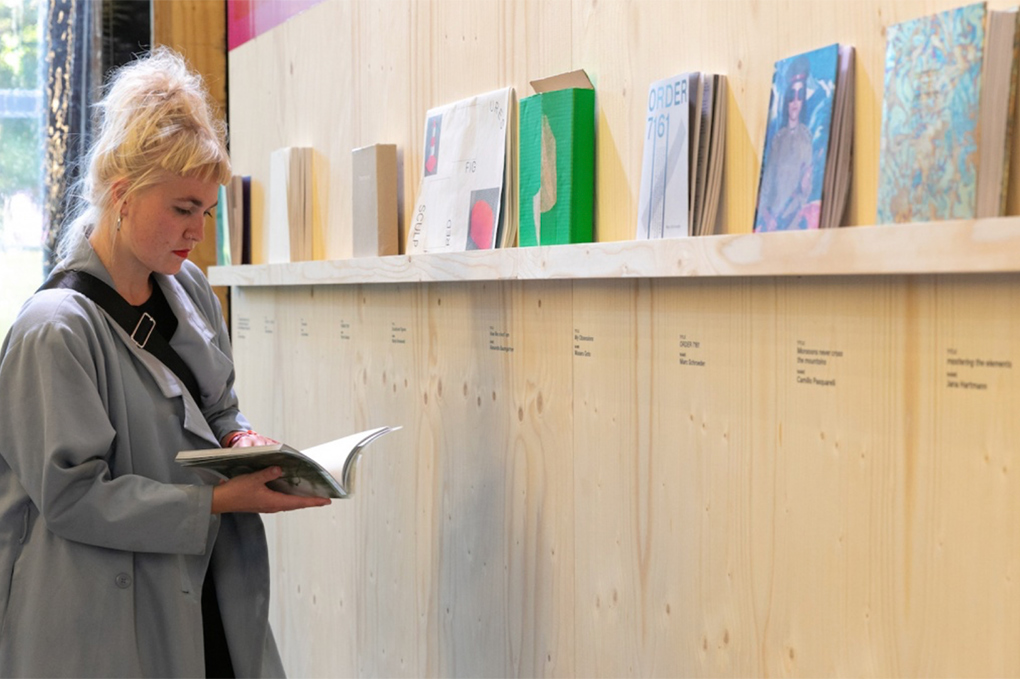
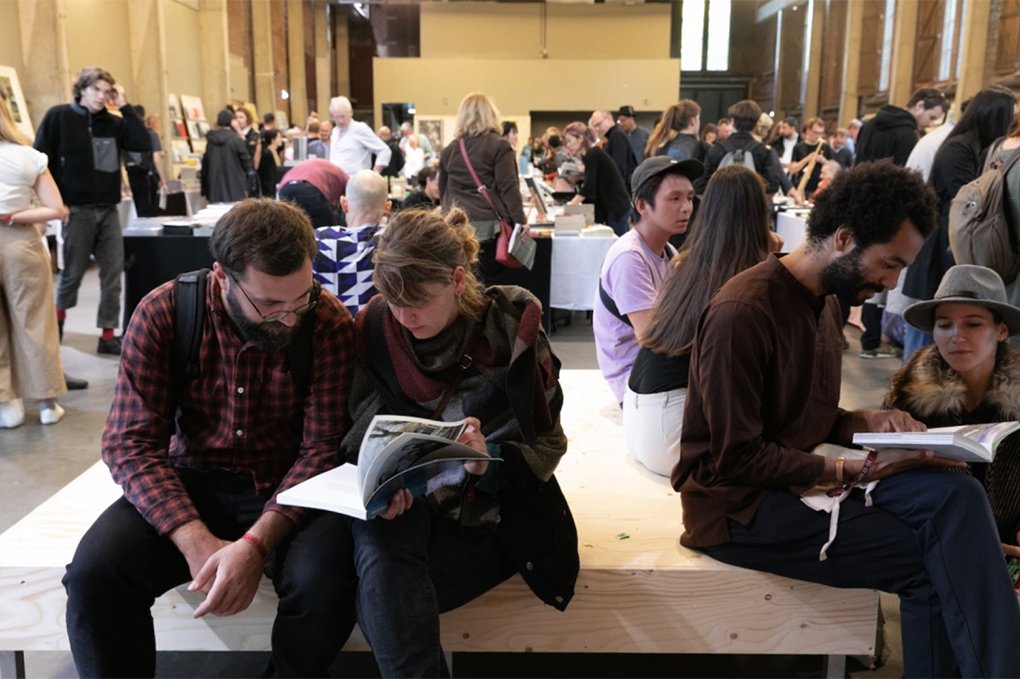
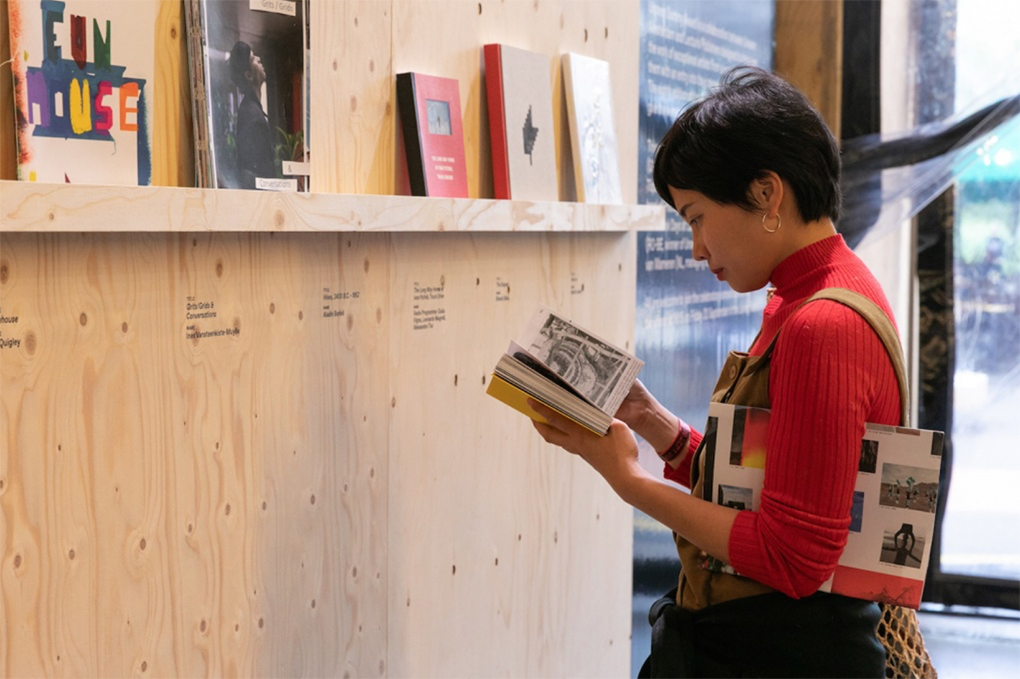
© Lorenza Demata
© Lorenza Demata
© Lorenza Demata
© Lorenza Demata
Lens Culture, June 2019
Elastic Forms, Elastic Visions by Sophie Wright
The Photographers’ Gallery New Talent 2019
14 Jun – 6 Oct 2019
The Photographers’ Gallery, London
Join us on 18 July at 6PM to find more about the projects
Hero Magazine, June 2019
Meet Eight of Tomorrow’s Most Exciting Young Photography Talents by Stevie Cannel
The Photographers’ Gallery New Talent 2019
Curated by Karen McQuaid, on view at The Photographers’ Gallery from 14 June to 6 October 2019.
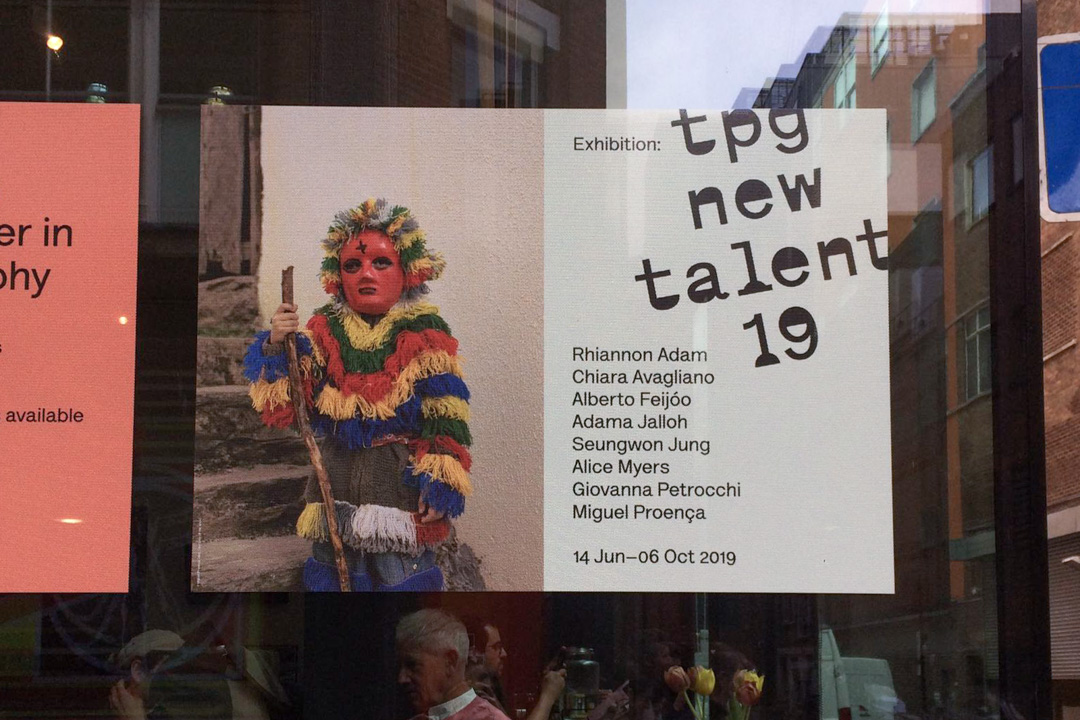

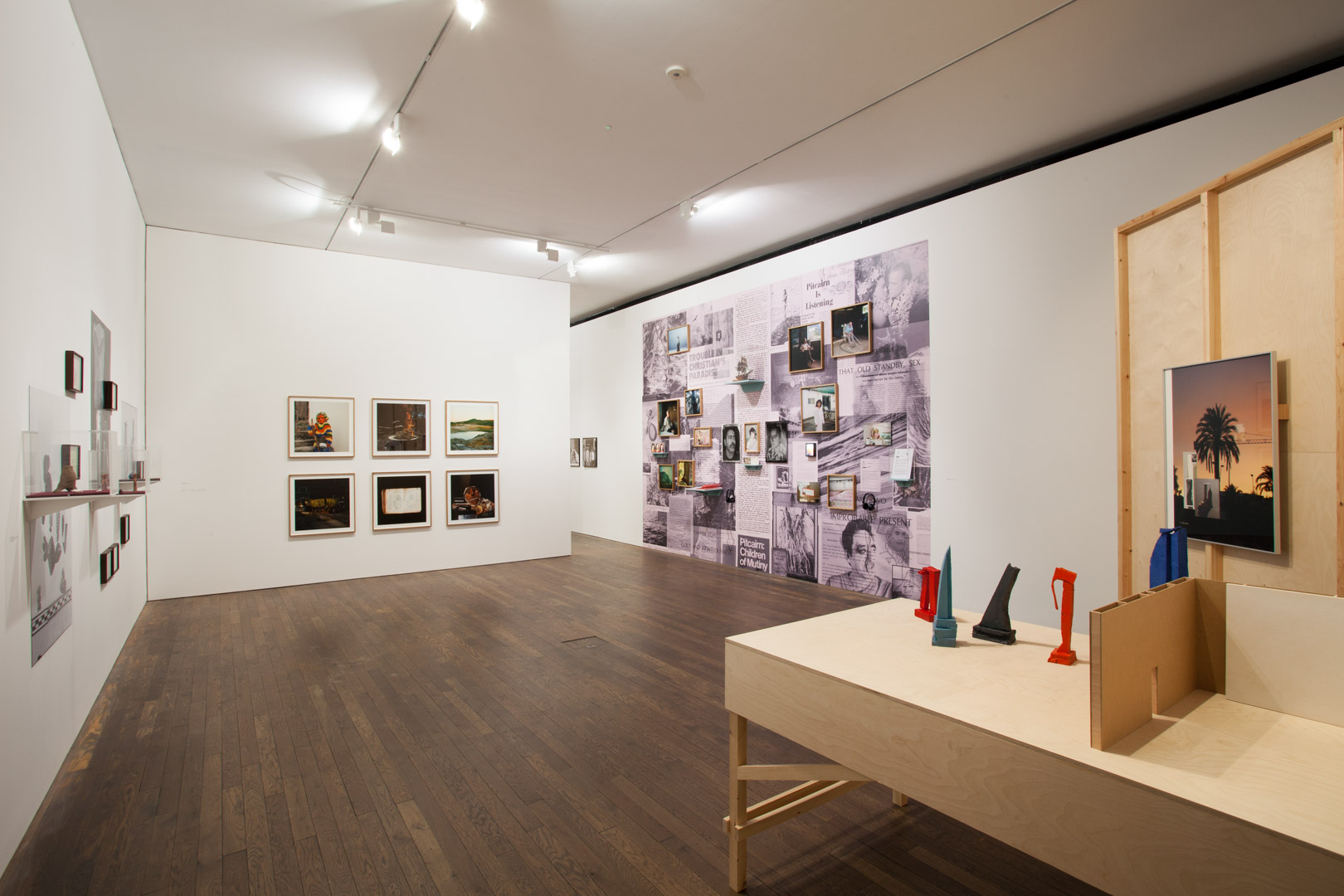
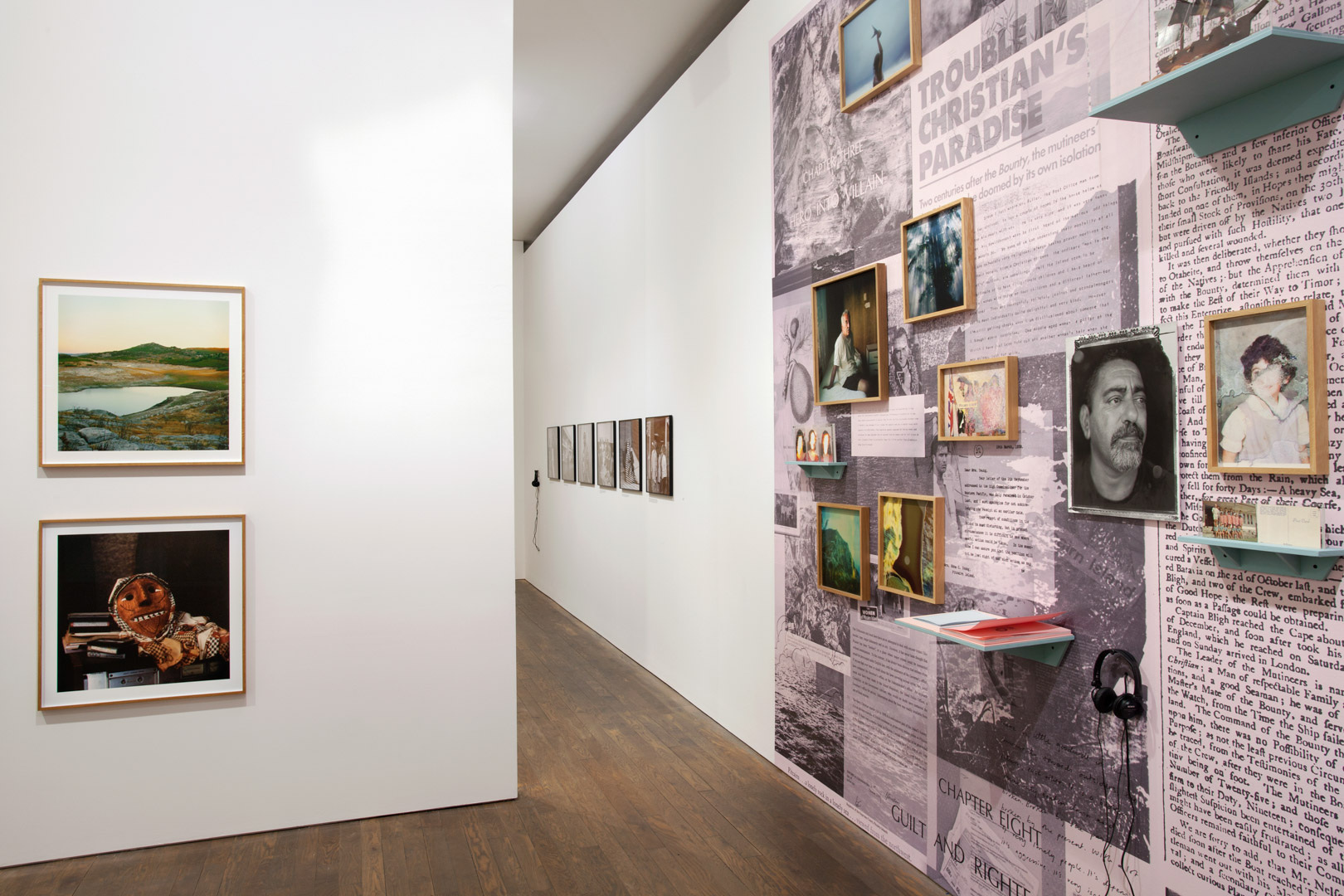
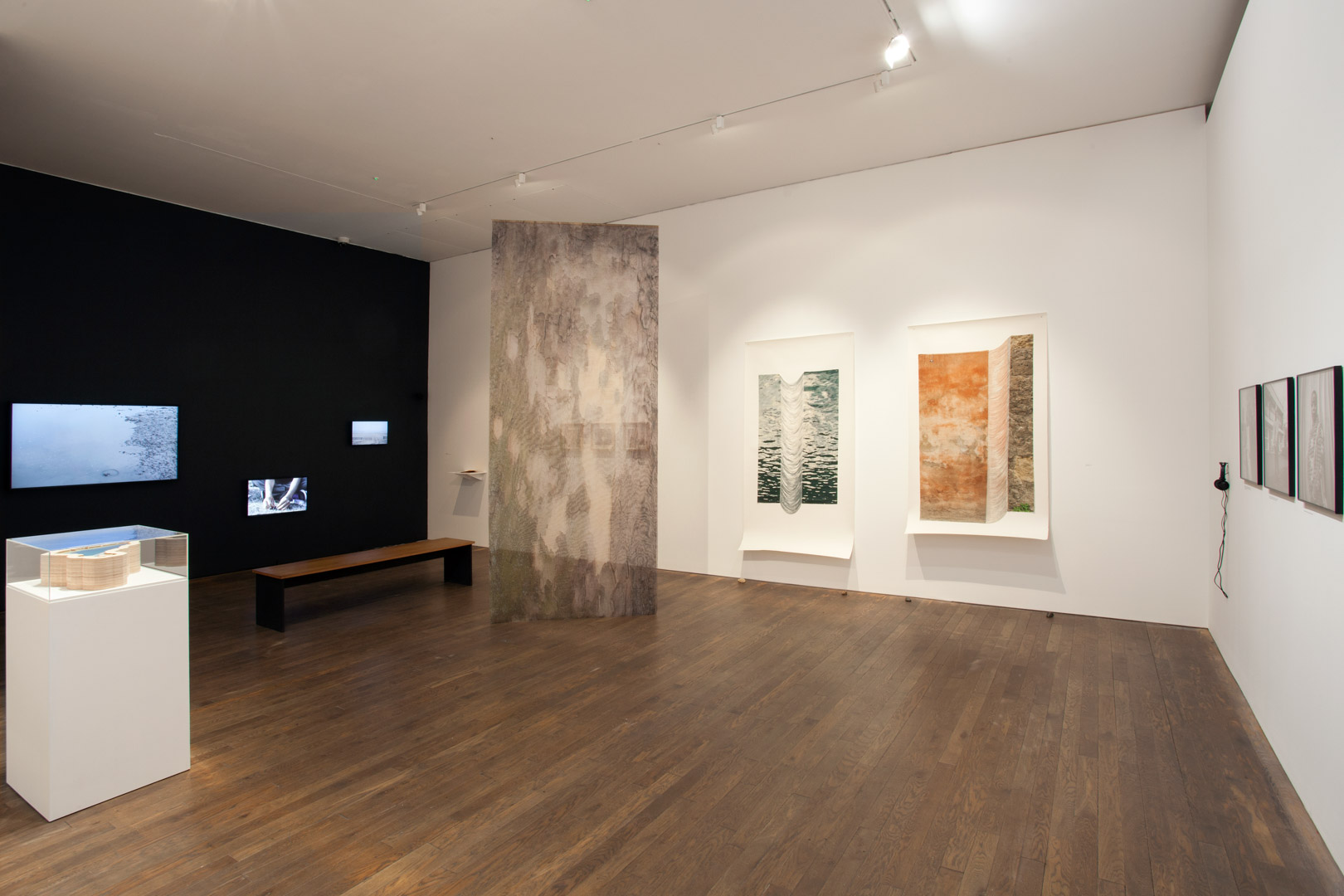
© Kate Elliot, The Photographers’ Gallery
© Kate Elliot, The Photographers’ Gallery
© Kate Elliot, The Photographers’ Gallery
© Kate Elliot, The Photographers’ Gallery
© Kate Elliot, The Photographers’ Gallery
Flash Forward 2019
Winners of the Magenta Foundation’s Flash Forward 2019
Fotografia + Arquitectura
Álvaro Domingues, José Maçãs de Carvalho, Marta Ferreira, Miguel Proença, Sérgio Rolando
Escola Superior de Media Artes e Design (ESMAD), Vila do Conde
6 June, 15:00
in conversation with Ângela Ferreira
Another, May 2019
Ten Photographers to Have on Your Radar by Jacob Charles Wilson
Eating Pineapples on the Moon (Screening)
Opening of Riga Photomonth 2019
Kaņepes Culture Centre, Riga
15 May, 21:00
Creative Boom, April 2019
The Photographers’ Gallery reveals the eight artists it plans to support by Tora Baker
British Journal of Photography, February 2019
MACK First Book Award by Marigold Warner
MACK First Book Award 2019

Imagens do Real Imaginado – Fluxos
Pós-Academia: A prática artística posterior à formação
Biblioteca Municipal Almeida Garrett, Porto
30 October 2018, 15:30
in conversation with João Leal
Hiraeth, MA Documentary Photography
University of South Wales
Truman Brewery T4
91 Brick Ln, London E1 6QR
4–7 October 2018
It’s Nice That, August 2018
Portfolio and words by Billie Muraben
Source, August 2018
BJP Fractured Stories, July 2018
Shortlisted for the British Journal of Photography + Ecotricity commission.
A Tension Span, MA Documentary Photography
University of South Wales
Ffotogallery
29 Castle St, Cardiff CF10 1BZ
11–14 July 2018
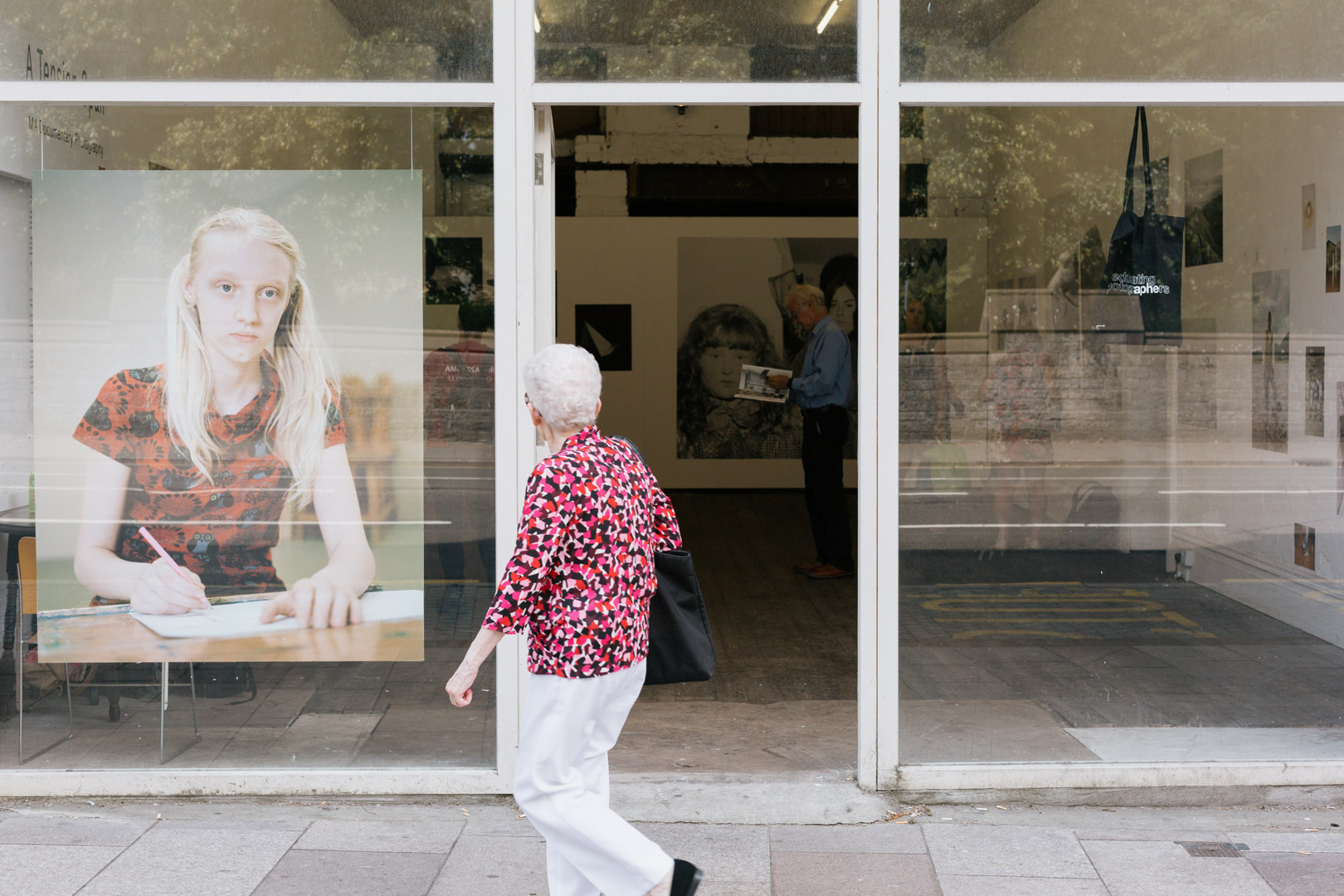
RAVE Projeto 18
Escola Superior de Media Artes e Design (ESMAD)
Centro Português de Fotografia, Porto
7 Jul – 16 Sep 2018
Gulbenkian Foundation Scholarship, 2017
Recipient of a Gulbenkian Foundation Scholarship, awarded to support studies on the MA in Documentary Photography at the University of South Wales (formerly Newport).
Common Thinking (Screening)
BASE, via Bergognone 34, Milan
5 Jun, 21:00 – 01:00
Curated by Cesura for Milano PhotoWeek
with Lara Jacinto, António Pedrosa and Tommaso Rada
Christie’s Magazine, April 2017
Letters from Lisbon with Steven King
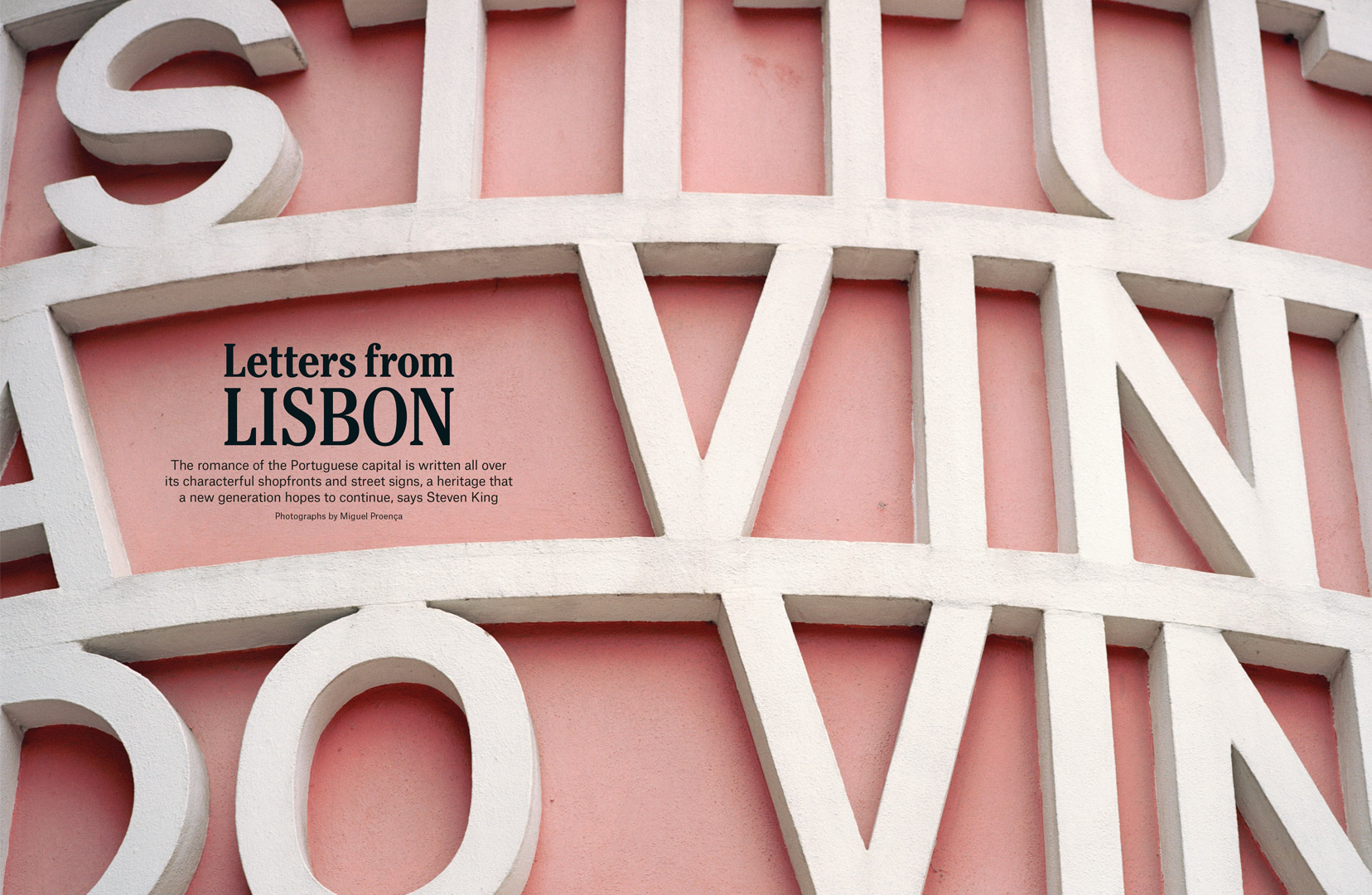
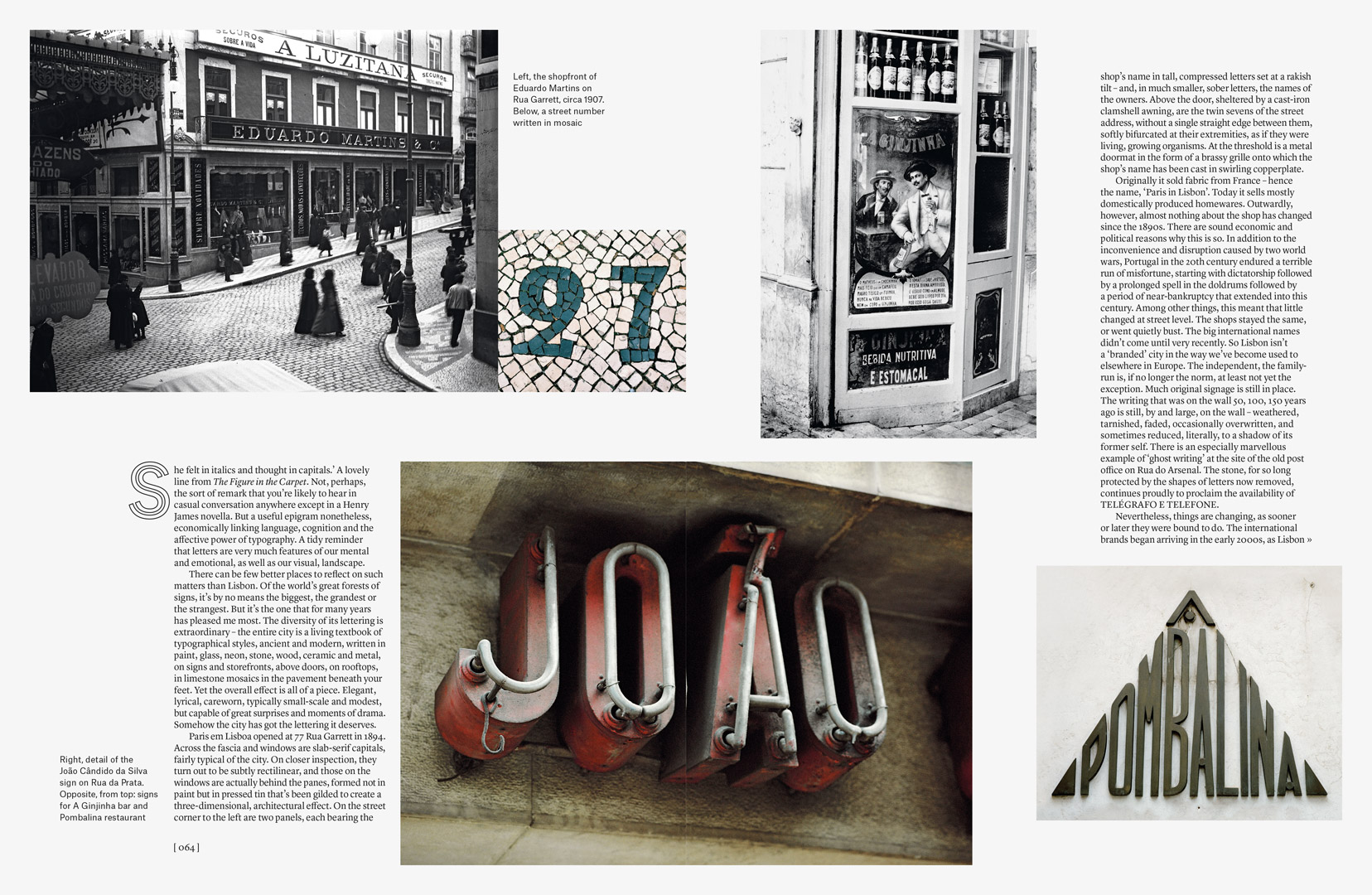
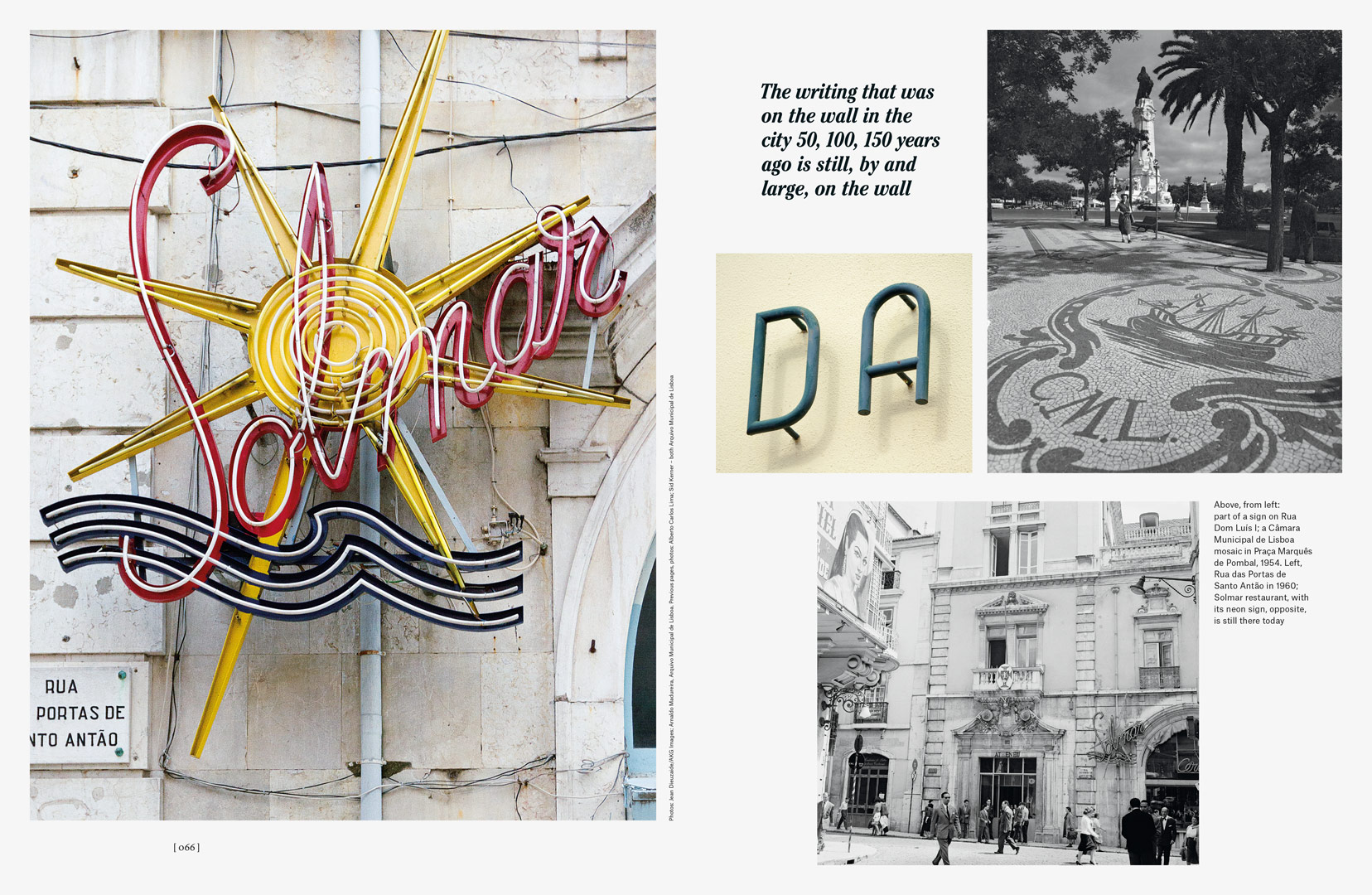
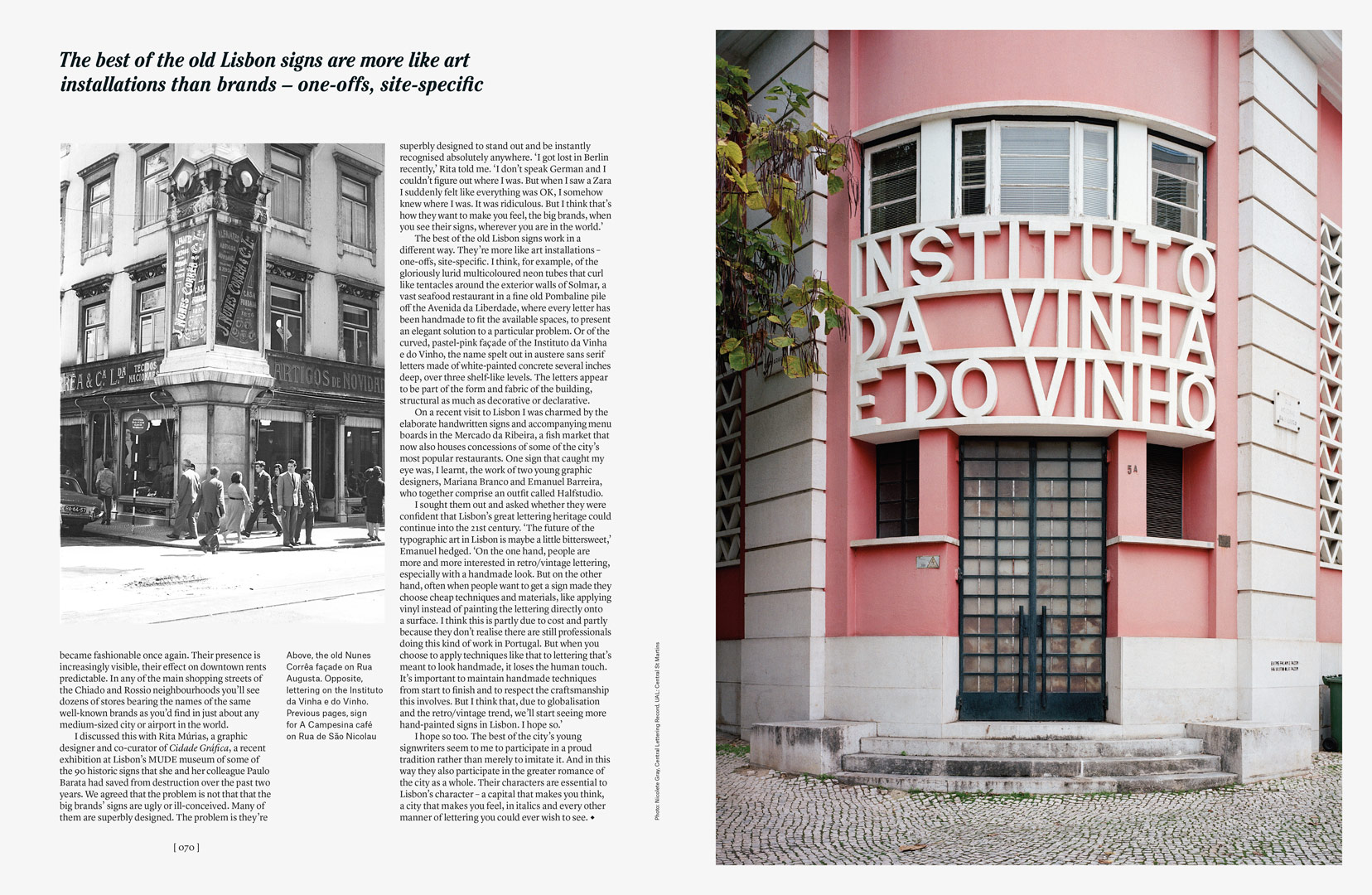
VSCO Artist Initiative, 2015
Recipient of the VSCO Artist Initiative Grant to develop a collective project on the EU borderlines.
Linha Ténue
Encontros da Imagem 2015
Museu de Arqueologia D. Diogo de Sousa, Braga
25 Sep – 31 Oct 2015
with Lara Jacinto, Antonio Pedrosa and Tommaso Rada
Curated by Pedro Leão Neto
Kingdom for a Stage – Contemporary Iberoamerican Photography
Fotoweek DC 2015
Hillyer Art Space, 9 Hillyer Court NW, Washington
6 – 28 November 2015
Curated by Susana Raab
Ain’t Bad, June 2015
Portfolio and words by Carson Sanders
FotoRoom, April 2015
A Process
Neue Galerie im Höhmannhaus
Maximilianstraße 48, 86150 Augsburg
28 Mar – 18 May 2013
Curated by Der Greif
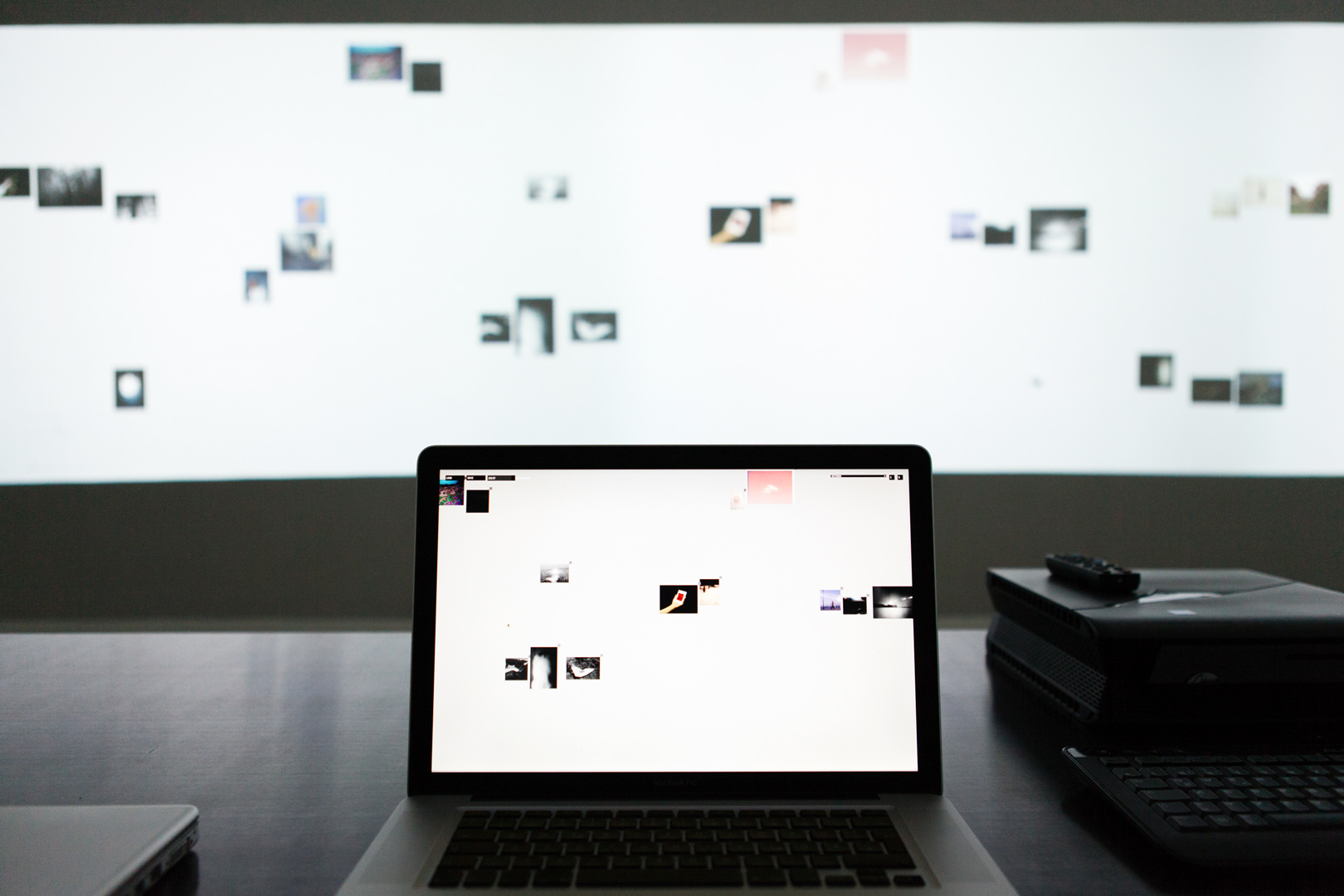
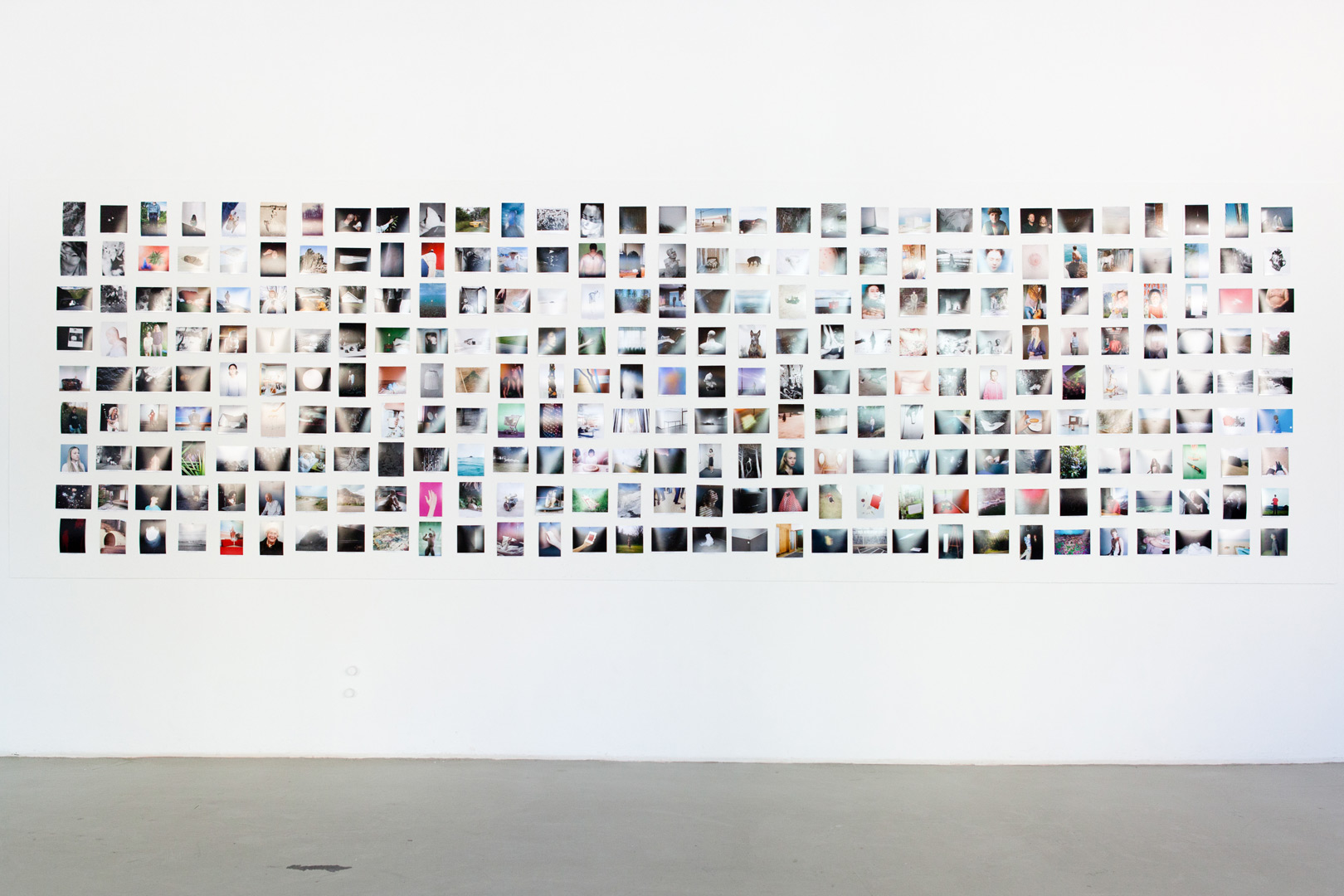
© Der Greif
© Der Greif
OjodePez Magazine, April 2014
Behind the Hill published in OjodePez Magazine #36 from a selection of portfolio reviews at PHotoEspaña in Madrid and Latin America.
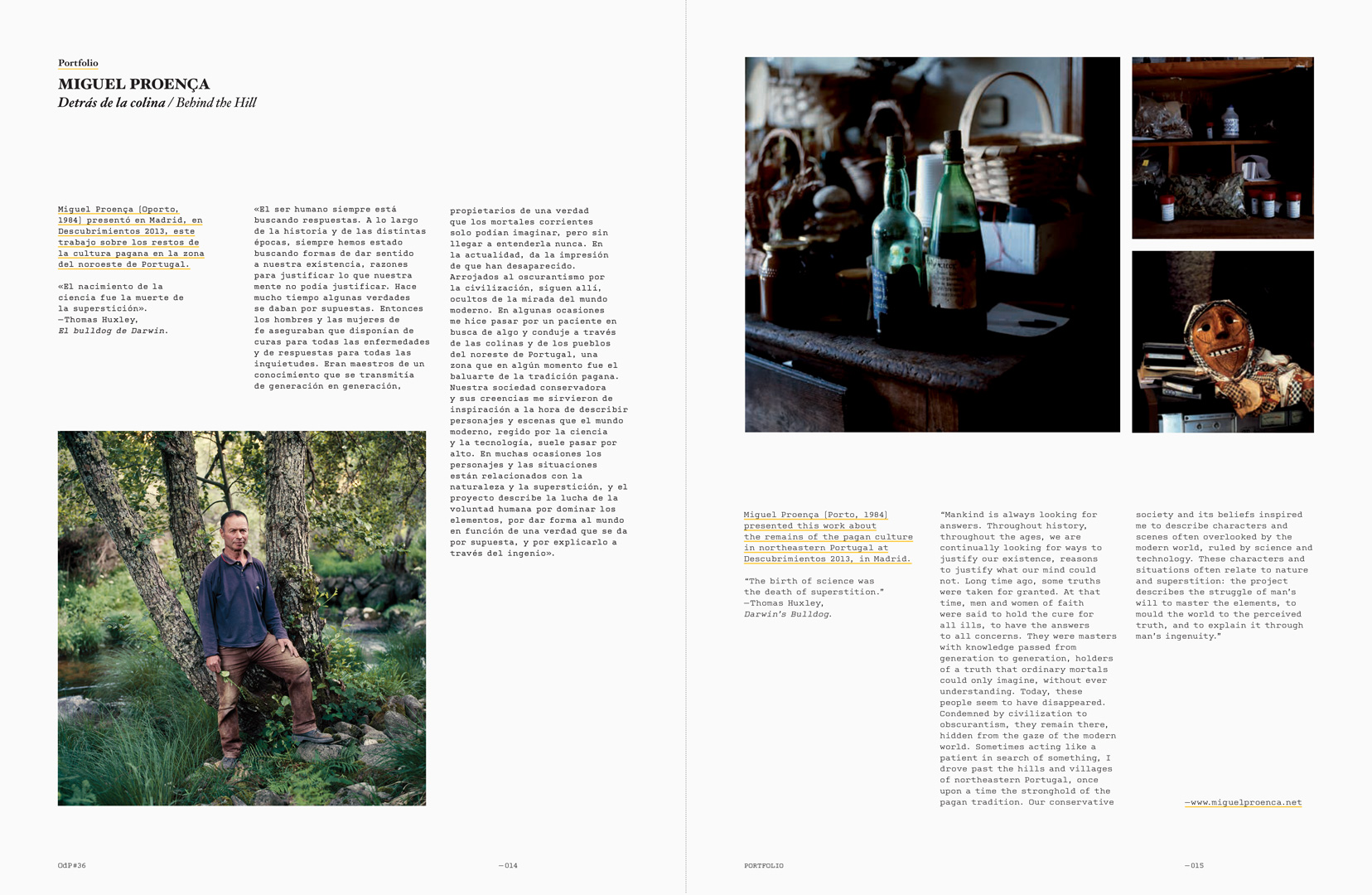
Conscientious, May 2012
Nice words by Jörg Colberg: “It’s hard to pick just one photograph from Miguel Proenca’s Behind the Hill, but I figured this one would do. Faith and superstition (or rather their remnants) in the modern world.”
Estação Imagem 2012
Awarded first prize in the Daily Life category at Prémio Estação Imagem 2012. The jury was composed of Emilio Morenatti (NPPA), Frédérique Babin (Le Monde Magazine), Patrick Baz (Agence France-Presse), Marion Durand (Newsweek), and Arianna Rinaldo (OjodePez).